I hope you enjoy this list of 20 of the greatest explorers and their incredible adventures!
Nothing gets me more excited than learning about the wild exploits of great explorers.
They’re the real-life Indiana Jones’ of the world!
These guys and gals braved the odds and risked their lives- all in the name of exploration.
They crossed oceans, climbed mountains, and embarked on outlandish escapades in the pursuit of adventure, glory, and discovery.
It’s hard to hear the intrepid tales of famous explorers without feeling amazed, inspired, and pumped full of spine-tingling wanderlust.
Want to see what I’m talking about?
Keep reading to learn all about 20 of the greatest explorers this world has ever seen (…and discover ways to walk in their footsteps!).
[Last updated: February 2022]
Heads up, this post contains affiliate links
20 of the World’s Greatest Explorers and Their Discoveries
Before I get into these daring endeavours and brilliant biographies, there’s something worth bearing in mind…
Basically, some ‘great explorers’ were also part of great atrocities!
Be it the slave-trade, colonisation, or even mass genocide, the more you learn about famous explorers of the past, the more you realize how closely their exploits were tied to a whole bunch of historical horrors.
Take the famed conquistadors of 16th Century Spain and Portugal.
These armour-clad individuals were explorers of the highest calibre! They crossed the Atlantic to the New World guided by nothing but sheer audacity and their incredible cartography skills.
…But they also ravaged, ransacked, and ruined ancient civilisations.
It’s a similar story with many great explorers of old. Time and again, their incredible feats of exploration were a precursor to (or part of) one atrocity or another.
Shed in that light, can you really describe these guys as ‘great’?!
For me, it’s a ‘yes’ and ‘no’.
A few of the names in this list of famous explorers weren’t necessarily great people (in the sense that they wreaked bloody chaos on the places they went).
But they were, unquestionably, great explorers, adventurers, and travellers, who leaped head-first into the unknown and shaped the course of history in the process.
And it’s that side of the story I’ve chosen to focus on in this post!
So, without further ado, get ready for 20 famous explorers whose stories are sure to get you raring for an adventure of your own.
Interested in the great explorers of history? You might also like these:
- 120 Fun Adventure Ideas
- 20 Places with Crystal Clear Water
- 20 Coldest Countries in the World
- 20 Hottest Countries on Earth
- 12 Famous Landmarks in Asia
- 30 of the Best Outdoor Adventure Books
- 120 Best Songs about Adventure
- Best Jobs for Adventurers
- The Patron Saint of Travel & His Incredible Story
Great Explorers from Portugal
1. Vasco da Gama (c. 1460s to 1524)
Vasco da Gama, the first famous explorer of world history on this list!
Vasco da Gama was a famed Portuguese navigator in the great Age of Exploration.
From what I can tell, not a lot’s known about his early life- other than the fact he was born into a noble family and went on to join the navy, where he learned his craft.
He found favour with royalty somewhere down the line though!
In 1497, the Portuguese king commissioned him to chart a trading route to the East for the very first time.
And that he did.
On a mammoth voyage, da Gama and his crew sailed down the coast of Africa and out into the Atlantic, before swinging back down and around to pass the Cape of Good Hope.
From there, they voyaged back up Africa’s east coast before crossing the (hitherto uncharted) Indian Ocean to land, thousands of nautical miles later, in Calicut, India.
Sounds simple enough, right?
However, that first journey to and from India (there were more to come) took almost 2 years, covered 24,000 miles of ocean, cost the lives of 116 crew members (out of 170!), and saw mass scurvy outbreaks, angry sultans, and confusing first encounters with the Hindu religion.
It’s no wonder da Gama was greeted as a hero upon his return to Portugal.
Sadly, by 1502, when he was ready to set sail for India once again, the Portuguese king had become intent on controlling the region and asked da Gama to do the dirty work.
Brutal and bloody massacres of the local people ensued.
Da Gama made one final trip to India in 1524 when he was given the title of ‘Portuguese viceroy to India’. His task?
Sort out the corruption that had taken root amongst Portuguese officials.
And that’s where his remarkable life story ends. Da Gama was taken ill and died that year, to be sailed back to Portugal for burial a whole 14 years later, in 1538.
-> Discover more about Da Gama’s incredible story here
-> Click here if you’d like to go on your very own epic sailing adventure
2. Pedro Alvarez Cabral (c. 1467 to 1520)
Pedro Alvarez Cabral (red cloak, dark beard, pointing right- toward land, which we now know as Brazil) is another of the most famous explorers of the world.
Pedro Cabral was a Portuguese contemporary of Vasco da Gama’s in the Age of Discovery.
He was another man of noble birth and an acclaimed navigator in his own right.
A favourite of King Manuel I, Cabral was asked to embark on a ‘follow-up’ expedition to India in 1500, along the route that da Gama had charted three years earlier.
He succeeded, enhancing commercial ties to the region and becoming only the second person to sail from Portugal and across the Indian Ocean.
However, that wasn’t the only reason this journey forged Cabral’s legacy as a great explorer.
Far from it!
He’s best remembered as the first European to discover Brazil, where he stopped (for a number of reasons) on his way to India.
Once there, he lay claim to the land, planting Portugal’s flag in the sand and naming it the ‘Island of the True Cross’.
The onward journey to Calicut, India, didn’t go quite so smoothly.
Four of his 13 ships were lost as they sailed around the Cape of Good Hope, killing everybody on board. Then, after a promising start in Calicut, rising tensions with Muslim traders culminated in a surprise attack that killed large numbers of his men.
Cabral retaliated in kind, launching a series of ruthless attacks on Muslim ships and the city itself.
Brutalities over, he travelled south along the coast of India, filling his remaining boats with spices at ports as he went. Cabra returned to Portugal in June 1501 (losing two more ships along the way).
-> Discover more about Cabral’s incredible story here
-> Click here if you’d like to go on your very own adventure in Brazil
3. Ferdinand Magellan (c. 1480 to 1520)
Ferdinand Magellan was another famous explorer from Portugal to make his name in the 15th century.
Round the world trips are commonplace these days. But back in the late 15th Century, it was still a fairly novel idea…
Nobody had ever done one!
Until Ferdinand Magellan came along, that is.
Magellan was an ambitious, educated, battle-hardened, sea-faring man with the blood of Portuguese nobility in his veins.
He, along with a fleet of ships and a hardy crew, set out under a Spanish banner (he’d ‘jumped ship’, as it were, to Spain after falling out of favour with the Portuguese King) to chart a brand new, westerly course to the coveted Spice Islands of modern-day Indonesia (now known as the Maluka Islands).
His jaw-dropping journey to come would lead to the very first single-voyage circumnavigation of the globe (though Magellan himself would die before it was completed).
They left in September 1519, went from Spain to Brazil and south to Patagonia, and then through the now-called ‘Strait of Magellan’ to reach the mighty Pacific Ocean.
From there, Magellan and his 3 remaining ships (1 was wrecked following a botched mutiny and another deserted in the Strait) ventured westward to an island on the edge of the Philippines.
Here, on Homonhom Island, in March 1521, having lost 120 men (out of 270), Magellan befriended the king and ended up fighting in his war.
Alas, it was in doing so that Magellan was killed in battle just a month later.
Thankfully, the rest of the crew survived and, somehow, continued onto the Spice Islands where they arrived in November.
They returned to Spain in September of the next year, bringing to a close this extraordinary tale of adventure, discovery, and the very first round-the-world trip.
-> Discover more about Magellan’s incredible story here
-> Click here if you’d like to go on your very own adventure in Indonesia
The Most Famous Explorers In the World from Italy
4. Marco Polo (circa 1254 to 1324) (Explorers names everyone knows!)
Marco Polo is one of the best-known explorers in the world- even though he lived and died in the 13th Century!
Ah, Marco Polo!
You can’t put together a list of famous explorers without including this Venetian pioneer of adventure!
His name’s synonymous with the topic.
So significant was this remarkable man’s story that his legacy inspired countless generations of explorers- including the infamous Christopher Columbus himself- to set out on their own adventures.
Polo’s travels took him all the way, overland, from Venice to the great Mongol Kingdom of Genghis Kahn’s grandson, Kublai Kahn (another man with an outrageously impressive life story), and, eventually- after 23 years and endless adventures around Asia- back again.
It took him 4 whole years to get there, in which time he passed through the Middle East, crossed the Gobi Desert and battled illness in the Afghani mountains.
Upon arrival, Polo eventually found favour with Kahn and travelled as his envoy across Asia.
He went to Burma, India, and Tibet, among others, becoming the first European to explore them in the process. On his eventual ‘homeward’ journey, he crossed through ancient Persia and Turkey, experiencing all manner of escapades along the way.
Polo’s travels, and the book he went on to write about them (called ‘The Travels of Marco Polo’) made him famous around Europe.
To read about them, even now, is to marvel at this man’s wild and wonderful life.
In fact, upon his return to Italy, so outlandish were his tales of exploration that many people came to doubt them!
His contemporaries simply couldn’t believe that such wonders (not to mention advanced, flourishing empires) existed outside of Europe, or that one person could see and experience so much of them.
-> Discover more about Marco Polo’s incredible story here
-> Click here if you’d like to go on your very own adventure in China
5. Amerigo Vespucci (1454 to 1512)
Amerigo Vespucci is one of the more controversial world explorers on this list!
As far as famous explorers go, Amerigo Vespucci was late into the game.
It was only upon a chance meeting with renowned explorer Christopher Columbus in the late 1490s that his interest in exploration truly began.
By that stage, he was well into his 40s. Nevertheless, Vespucci decided to follow in Columbus’ example and make sail in the pursuit of fame and glory!
And fame he found.
Over a series of epic voyages (the exact number is disputed) for both Spain and Portugal, Vespucci:
Explored vast swathes of South America’s east coast, discovered the entrance to the mighty Amazon River, and realized (for the first time) that South America was its own continent and not, in actual fact, attached to Asia.
It was this monumental discovery that led Amerigo Vespucci’s name to be attached to this so-called ‘New World’ in 1507.
South America, and later, North America, were brought into the world.
Vespucci, who’d become a Spanish citizen earlier in his life, went on to be awarded the esteemed post of chief navigator for Spain, which he held until his death in 1512.
However, you can’t discuss Vespucci without mentioning the controversy surrounding his legacy.
He may have given his name to the Americas.
Yet, according to some, it was all based on a lie.
Essentially, it’s unknown whether his first voyage (the one that led to Vespucci’s name being given to the New World- as opposed to Columbus’) ever actually happened.
A letter that was written in 1504 (supposedly by Vespucci but, perhaps, by contemporary publishers), which detailed this supposed journey (and was conveniently dated to imply that he’d beaten Columbus to the New World) did the rounds of Europe at the time.
This letter made its way to a German geographer and cartographer who, in 1507, impressed by the account, labelled this ‘New World’ in Vespucci’s honour.
He later withdrew it from subsequent maps, but, by that time, word had already spread:
The ‘Americas’ had been born.
Alas, the account in that original letter is now believed, by some, to be a fabrication. And the irony of it all?
Vespucci himself may have had no idea about (or role to play in) the ruse!
-> Discover more about Vespucci’s incredible story here
-> Click here if you’d like to go on your very own adventure in the United States
6. Christopher Columbus (1451 to 1506)
Columbus is one of the best-known world explorers from history.
Christopher Columbus is another explorer who needs no introduction.
Though he lived and died over 5 centuries ago, Columbus remains a household name to this day- remembered as the man who crossed the Atlantic and discovered the New World.
Interestingly, Columbus nearly died long before he had a chance to forge this illustrious legacy.
A merchant ship that he worked on as a teenager was set upon by pirates along the Portuguese coast. He escaped and survived thanks only to a piece of wood on which he floated to shore.
16 years later, though, in 1492, after a decade-long bid to acquire funding, he set sail to the west in an attempt to find a new, shorter, and easier route to Asia (and wealth and fame with it).
It was on that trip that Columbus stumbled upon the New World- America- and went down in the history books in the process.
Honestly, though, having done a bit more research, I’ve come to see this infamous explorer in a different light.
In my opinion, the real story of Columbus doesn’t live up to the legendary status he holds!
He’s hailed as the discoverer of the New World, but this was done 500 years before him by the fiercest warrior-explorers of them all: the Vikings.
Moreover, Columbus never actually stood upon the North American mainland.
He’s thought of by most as an incredible navigator too.
Yet he reached the Americas by accident on his quest to find Asia and believed he was somewhere totally different (he’d severely underestimated the circumference of the Earth, assuming Asia to be far closer than it was).
He’s also remembered as a hero, but his attitude towards native populations and his role in their enslavement was far from heroic.
In fact, in 1500, Columbus was arrested in Hispaniola (now Haiti & the Dominican Republic) and brought back to Spain in chains for his brutal, tyrannical governorship.
Nevertheless, there’s no denying his standing as an explorer.
He went west to find Asia when nobody else of his era had tried, paved the way for future exploration across the Atlantic, and had his fair share of close encounters over 4 great journeys to North and South America.
There’s no doubt that he deserves his place on this list.
-> Discover more about Columbus’ incredible story here
-> Click here if you’d like to go on your very own adventure in North America
7. Giovanni Caboto (AKA John Cabot; 1450 to 1498)
John Cabot was another of the famous adventurers from Italy.
A spice merchant, navigator and map maker, John Cabot was already a well-travelled man by the time he led the voyage that made him famous.
Living in England at the time, he managed to persuade the British King Henry VII to fund a trip to Asia, heading west- just as Columbus had tried to do four years’ beforehand.
By 1497 he was finally ready for the trip and set off from Bristol (a port city in south-west England) with only a small ship and 18 crew members for help.
Instead of copying Columbus’ route, though, Cabot took a different tack. He decided to cross the Atlantic with a more northerly trajectory.
And it proved fruitful…if not what he’d expected!
A month or so later, Cabot set foot on what he thought was Asia but was actually somewhere in eastern Canada- perhaps Newfoundland, or southern Labrador.
In so doing, he became the first European to stand in the New World since the Vikings- a whole 500 years’ earlier. This was brand new territory as far as Cabot was concerned, though. He returned to Bristol full of enthusiasm for what he’d discovered.
Alas, Cabot didn’t have long to enjoy his newfound fame.
His second voyage west, which began a year or so later, ended in tragedy.
It’s unclear exactly what happened. What’s known for sure, though, is that four of the five departing ships were lost along the way and Cabot himself was never seen again.
A severe storm is thought to have crushed the expedition before it ever got started, taking the explorer down with it.
-> Discover more about Cabot’s incredible story here
-> Click here if you’d like to go on your very own adventure in Canada
Know someone who’s going travelling for themselves? Send them on their way with these safe journey wishes.
Famous World Explorers in History from Britain
8. Francis Drake (Circa 1540 to 1596)
Drake’s one of Britain’s most famous explorers.
Francis Drake’s swashbuckling life story reads like something straight out of Hollywood.
It’s got everything: wild adventures, world travel, narrow escapes, bitter vendettas, royal recognition, privateering (aka pirating), huge sea battles, and more…You name it, Drake lived through it.
He was something of an underdog too.
Born to a lowly farmer, Drake was raised by a family of pirates (literally) and started out as a Devonshire-born slave trader.
Yet, over the course of his illustrious life, he went onto win favour with Queen Elizabeth I, become the first Englishman to circumnavigate the globe, earn a reputation as a fearsome pirate (with the royal seal of approval), and help win an era-shifting battle against the mighty Spanish Armada.
Drake was an explorer through and through.
The majority of his life seems to have been lived in motion!
He travelled the seven seas, plundering ports for riches and battling pirates at every turn, and furthering British interests as he went.
Despite the savage reputation he earned along the way, his exploits won him notoriety in England, where he became a national hero. He was knighted on his 100-ton flagship, the Golden Hind (originally the Pelican), by Elizabeth I for his endeavours.
However, for a man who lived such a remarkable life, his death was far from the glorious exit you’d expect.
Drake died from dysentery in 1596 in the aftermath of a failed final mission close to Panama.
-> Discover more about Drake’s incredible story here
-> Click here if you’d like to go on your very own adventure in South America
9. Captain James Cook (1728 to 1779)
James Cook’s another top contender for the ‘best explorers of all time’ title.
Fast-forward to the early 18th Century and we meet another sailor (and explorer) of unparalleled skill, status, and standing:
Captain James Cook.
One of the best-known figures in maritime history, Cook’s best-known for three major voyages in the 1700s.
He spent much of his adult life at sea, explored near and far, and contributed to scientific discovery at every turn.
In the first expedition, Cook sailed a team of scientists on the HMS Endeavour into the Pacific on an astronomical mission, discovered (and charted) New Zealand and Australia’s east coast, casually navigated around the Great Barrier Reef in the process
Cook’s second expedition, between 1772 and 1775, took him to the Antarctic, which he circumnavigated from west-to-east (for the first time ever).
He found and charted numerous islands (including modern-day Tonga, Easter Island, and New Caledonia, among others) in so doing, and disproved the myth of Terra Australis at the same time.
On his final voyage, in 1776, Cook was selected to find a fabled northwest or northeast passage between the Pacific and Atlantic.
No such route was found, but it succeeded in charting North America’s west coast before retiring to Hawaii for winter.
It was there that Cook met his death.
Tensions had soured between the native Hawaiians and the Europeans throughout their stay. Eventually, when one of Cook’s boats was stolen, a brutal fight broke out that led to him being stabbed and killed.
It’s worth mentioning another of Cook’s noteworthy achievements, though, which came in a wholly different area of exploration:
The battle against scurvy- a deadly disease caused by a lack of Vitamin C.
What starts as tiredness and lethargy turns to gum disease, bleeding from the skin, difficulty healing from wounds, and eventual death.
Until Cook came along, scurvy had been the scourge of sailors throughout history.
After all, at sea for months at a time, sailors were unable to eat the diet they really needed. The absence of fresh fruit and vegetables brought about scurvy, and led to untold numbers of deaths in the process.
Cook must have cottoned onto the cause of scurvy, though, for he insisted on feeding his crew a diet that included sauerkraut, cress, and something akin to orange extract.
Remarkably, nobody is said to have died from scurvy on any of his famous voyages. He ended up being awarded the coveted gold Copley Medal in recognition for his work in beating the disease.
-> Discover more about Cook’s incredible story here
-> Click here if you’d like your very own adventure in Oceania
10. Richard Francis Burton (1821 to 1890)
Burton is undoubtedly on of the most fascinating explorers of history!
Flamboyant, eccentric, handsome, irascible, talented, daring, delinquent, devil-may-care, brooding, embellisher, intrepid, liberal, exotic, egotistical, remarkable…
Each and every single one of those words has been applied, at one point in time or another, to the next famous explorer on this list:
Richard Francis Burton.
He was truly one of a kind.
This incredible man was a Jack of all trades, a man of endless abilities, a unique personality that shirked the status quo, and, ultimately, a daring explorer through and through.
Burton’s life story reads like something straight out of a movie.
A linguist who mastered 40 languages (and dialects), a war veteran who served in India and the Crimea, an undercover agent who investigated male brothels, a prolific (and talented) author and poet, a translator, master swordsman, diplomat…the list just goes on and on.
As much as anything else, though, Burton was an explorer who risked his life (and very nearly ended it) countless times. Here are a few particular near-death experiences of note:
- Burton once went to Mecca in disguise at a time when Europeans were executed for doing so.
- Burton then repeated this feat in the equally anti-European city of Harar, Africa. A white man had never made it inside Harar (without dying, that is) prior to Burton’s escapade.
- Burton was once on the Horn of Africa when his camp was attacked by Somali warriors. He got a javelin through the jaw but escaped nonetheless- with the javelin still through it nonetheless.
- On an epic 2-year-long search for the source of the Nile in Africa, Burton became so unwell that he could barely walk; his fellow explorer on the trip, John Speke, went temporarily blind.
Alas, it would take too long to detail his adventures in further detail here!
But if you’re interested in learning more about Burton’s extraordinary life, then I thoroughly recommend you check out this amazing biography of him, courtesy of Financial Times.
-> Discover more about Burton’s incredible story here
-> Click here if you’d like to go on your very own adventure in Africa or the Middle East
Heads up, you might like this comprehensive list of things to take travelling!
11. Sir Ranulph Fiennes (1944 to Present Day)
Fiennes is a mightily impressive man and the only one of the adventurers and explorers on this list to still be alive today.
Sir Ranulph Fiennes stands out on this list of great explorers (and deserves his place on it) for a whole host of reasons.
Not least of which is the fact he’s still alive!
In fact, The Guinness Book of Records literally has him down as ‘the world’s greatest living explorer’. That’s high-praise- and it’s thoroughly deserved.
Fiennes is the sort of guy you read about and instantly feel like a wuss.
I’m pretty sure he’s the definition of hard-core.
For example, after catching frostbite on his left hand during a casual jaunt to the North Pole in 2000, he literally chopped his own fingers off when he got home to the UK (because he couldn’t face waiting 5 months for surgery).
Among his many extraordinary exploits, he’s climbed Everest, crossed both polar ice caps, and ran 7 marathons in 7 days in 7 countries (just 4 months after suffering a heart attack!).
Now in his 70s, he’s currently embarking on the Global Reach Challenge- a bid to become ‘the very first person to have crossed both polar ice caps and climbed the highest mountain on each continent’. His ‘why’?
To raise a lifetime total of £20 million for good causes (primarily cancer research).
You can give Fiennes’ JustGiving page here.
-> Discover more about Fiennes’ incredible story here
-> Click here if you’d like to go on your very own Polar adventure
Great Explorers of the World from Scotland & Ireland
12. David Livingstone (Scottish; 1813 to 1873)
No list of great explorers is complete without David Livingstone!
David Livingstone doesn’t just sound like an amazing explorer.
He sounds like an amazing person in general. Born in Scotland to humble beginnings, he became an esteemed doctor, missionary, author, staunch abolitionist, and national hero.
As far as his travels go, Livingstone made his name on three expeditions to Africa, the continent to which he first went as a ‘medical missionary’ in 1841.
Africa stole his heart, altered the course of his life, and led to the legacy for which he’s remembered.
His first voyage started in South Africa and took him across the entire continent from west to east. He travelled across the Kalahari Desert, found the mighty Zambezi River, and discovered the incomparable Victoria Falls (named by Livingstone after Queen Victoria).
In later journeys to Africa, Livingstone set out to find the source of the river Nile.
In so doing, he hoped to win a reputation among leaders of his time that he could use to further his fight against slavery. In other words, he’d use any fame and glory that came for good.
Alas, it wasn’t to be.
Somewhere on that third trip to Africa (beginning in Zanzibar in 1866), Livingstone decided to settle down and remain in Africa instead of coming back to the UK.
This decision led to an amazing series of events in its own right.
After years with no word from Livingstone, people back home feared for the life of their national hero!
This call for answers attracted international attention and inspired an American newspaper to send a search party (led by esteemed journalist, Henry Stanley) in the hope of finding him.
The journey turned into an 8-month epic, with endless trials and tribulations (including disease, drought, and death) along the way.
Amazingly, though, Stanley succeeded in his endeavour.
He found Livingstone in a remote village called Ujiji, in Tanzania, in November 1871 (here’s an incredible first-hand account of the exact moment).
However, Livingstone, ever the explorer, decided to stay put anyway. He remained in Ujiji until his death from malaria and dysentery in 1873.
-> Discover more about Livingstone’s incredible story here
-> Click here if you’d like to go on your very own adventure in Africa
13. Ernest Shackleton (Irish; 1874 to 1922)
Ernest Shackleton is one of the names of explorers you might recognize!
I couldn’t not include Ernest Shackleton on this list of the best explorers of all time.
Both his name and the ill-fated, astonishing, and aptly-named ‘Endurance’ expedition of 1914 have been on my radar since I was a child.
Born in Ireland in 1874, educated in England, and employed in the navy from 16 years’ old, Shackleton was a tough, intrepid, and mightily impressive man who became well-known (and knighted) for his numerous trips to the Antarctic.
His was the era of Antarctic exploration, the race to the South Pole, and a series of legendary expeditions (led by extraordinary men) that made an indelible mark on history itself.
Shackleton’s first trip was in 1901 with the equally infamous Antarctic explorer Captain Scott (who, in all honesty, could easily have a spot to himself on this list).
They went on the ship ‘Discovery’ on a mission to the South Pole, getting as close to it as anybody had ever been.
Alas, it wasn’t to be.
Shackleton was forced to turn back through ill-health.
He was knighted in Britain following his second attempt to the Pole in 1908, though, which made serious ground but still didn’t quite make it.
Yet it was Shackleton’s 3rd trip, in 1914, which really forged his place in the history books.
The South Pole had been conquered by Roald Amundsen (yet another Antarctic explorer, this time from Norway, who deserves a spot on this list) in 1911.
However, Shackleton wanted to take it a step further.
On the ship ‘Endurance’, he headed back to the Antarctic on a mission to cross Antarctica and hit the South Pole in the process.
He didn’t succeed.
But the events that did occur have gone down as one of the most incredible survival stories of all time. Here’s a brief synopsis:
The Endurance gets stuck in pack ice in January 1915. Shackleton and the crew are stuck on board for 10 whole months until the ship gets crushed by the ice. Forced to disembark, the crew then lives on the ice for 5 more months, until the Endurance sinks altogether.
At that point, they pile into three small launch boats and head to a small island (called Elephant Island). Shackleton then takes 5 crew members and crosses 1,300km of perilous ocean to South Georgia in a bid to get help.
They succeed!
After hiking to a whaling station to sound the alarm and three aborted rescue attempts in the three months that follow, Shackleton finally gets back to Elephant Island on a steam tug boat. The rest of the crew are ready and waiting to be rescued.
The craziest part? In all that madness, not a single individual died. Shackleton wrote a book about the adventure called ‘South’ in 1919.
Alas, his 4th expedition would be his last. Shackleton suffered a heart attack and died while attempting to circumnavigate the whole continent of Antarctica.
Shackleton’s story got you worried about the dangers of travel? These safe travel quotes might help.
-> Discover more about Shackleton’s incredible story here
-> Click here if you’d like to go on your very own adventure in Antarctica
Famous Names of Explorers from Scandinavia
14. Leif Ericson (Icelandic; c. 970 to c. 1020)
Once you learn his story, Leif Ericson is one of the explorers names you’ll never forget!
Move over, Columbus. Sit down, Vespucci.
Want to know which European really discovered North America for the first time? This guy:
Leif Ericson (aka ‘Leif the Lucky’).
Accounts differ, but it’s thought that this intrepid Norse Viking (was there any other kind?) set foot there a whole 500 years before it was sighted by Columbus.
He’d been on his way back to Greenland (the country he’d colonized after being exiled from Iceland) from a casual trip to Norway (where he’d converted to Christianity) when his boat was blown off course and ran aground in America!
However, another version of the story suggests Ericson had more say over the accomplishment.
In this alternative account, he’s thought to have been told about the land to the west of Greenland by a fellow Icelandic Viking, Bjarni Herjolfsson. Ericson then set sail to go and see it with his own eyes!
Either way, Ericson made it to modern-day North America and had a look around.
Impressed by the timber and grapes available, he named it ‘Vinland’ (aka ‘Wine land’), and then promptly went back home to tell his compatriots about it.
He went on to organize an expedition back to North America just after 1000AD.
Ericson and his Viking crew explored areas that are thought to be around present-day Labrador and the Gulf of Saint Lawrence.
Interestingly, a possible Viking settlement was found at L’Anse aux Meadows, Newfoundland, in 1963. The area bears similarities to Leif’s description of Vinland, suggesting it could have been here that he first came ashore, altering the course of history in the process.
And remember, there were no compasses or modern navigation devices around back then.
These guys would have found their way across entire oceans using only the sun, wind direction, colours in the sea, movement of the waves, and the presence of birds. It’s said that they could even smell the land when it was close by!
Though much of Ericson’s story remains unclear, one thing seems sure:
Like so many explorers on this list, Ericson would have been risking his life in the pursuit of exploring new places. That takes boldness, audacity, and an unrelenting thirst for exploration.
-> Discover more about Ericson’s incredible story here
-> Click here if you’d like to go on your very own adventure in Europe
Best Explorers of All Time from North America
15. Robert Peary (1856 to 1920)
Robert Peary was one of the great explorers of the world to travel to the Arctic.
Born in Pennsylvania, Peary joined the navy aged 21 (where he remained until his retirement) and led an array of expeditions to the Arctic, including one in 1909 that reached the North Pole for the first time (though some people dispute this).
Pictures of him in his heyday reveal Peary as a proud, burly, tough, bear of a man…with an outstanding moustache.
If anybody was going to reach the North Pole (at a time when access to electricity was only just becoming widespread, radios were considered high-tech, and Ford’s Model T was 1 year old), this grizzled old sailor would be it.
It took Peary 3 attempts, but he (accompanied by 4 Inuit and his assistant, Matthew Henson) eventually made it in 1909.
He also went onto write multiple books about the Herculean efforts behind the achievement.
Alas, Peary didn’t get home to the plaudits he deserved.
Instead, he returned to find out that his former associate (a man, and fellow explorer, called Frederick Cook) was claiming to have beaten him to it.
Thankfully, Cook’s claim was eventually refuted, and Peary was confirmed as the first man to reach the Pole.
It’s worth mentioning that some controversy remains though.
Analyses of the data and accounts from his 1909 expedition have led many to doubt the veracity of his claims. Peary may, in actual fact, not have made it as far North as he’d thought.
One thing’s undeniable though:
He was an intrepid Arctic explorer of the highest order, who risked his life on numerous occasions in extreme conditions, pushing the boundaries of polar exploration in the process.
-> Discover more about Peary’s incredible story here
-> Click here if you’d like to go on your very own Polar adventure
16. Amelia Earhart (1897 to 1937) (One of the Most Famous Female Explorers!)
Earhart’s another of the famous explorers names you almost certainly know about already!
Amelia Earhart was a Kansas-born girl who’d go on to become one of history’s most infamous pilots.
Her love affair with flying started when she was 20, at a flying expo in Toronto, where a plane drifted close to her, prompting Earhart to utter the words:
I believe that little red airplane said something to me as it swished by.
Three years later she got the chance to fly for the very first time and, from that point on, she was hooked!
Earhart broke numerous records over the next 7 years, but it was in 1928 when she became the first woman to fly across the Atlantic, that she truly established her celebrity status.
Her list of exploits continued to grow from there.
Between 1930 and 1935, she set seven women’s speed and distance aviation records, and, in 1932 became the first-ever woman (and only the second person in history) to fly solo across the Atlantic.
Alas, Earhart’s most famous flight was also her last.
It came in 1937, on an attempt to become the first woman to circumnavigate the globe by plane. Setting off on June 1st, Earhart and her navigator, Fred Noonan, left Miami to begin their 29,000-mile journey to the East.
They never made it.
After a month of flying, on July 2nd, contact was lost with their plane. Their journey ended somewhere near Howland Island, over the Pacific between Australia and Hawaii, but, despite desperate search and rescue attempts, they were never found.
-> Discover more about Earhart’s incredible story here
-> Click here if you’d like to go on your very own adrenaline-fueled, sporty adventure
17. Idris Hall (AKA Aloha Wanderwell; Canadian; 1906 to 1996)
Global explorers and adventurers don’t get much more impressive than Aloha Wonderwell.
Idris Hall, better known as Aloha Wanderwell, was a phenom of the 1920s.
She was an anomaly amongst her peers, a maverick, a mother, and, ultimately, an explorer of the highest calibre.
Aged 16, she escaped the stifling confines of her French convent school and embarked on the journey that made her famous:
An epic round-the-world trip across 75 countries in a Ford Model T.
She’d seen an ad in a local newspaper calling for “Brains, Beauty & Breeches- World Tour Offer For Lucky Young Woman”, applied for the position, got it, and changed the course of her life as a result.
Throughout the 1920s, she travelled 380,000 miles across 6 continents.
Among an endless array of adventures, Wanderwell:
- Nearly died of dehydration in the Sudanese desert
- Was made an honorary colonel of the Soviet Army
- Searched Brazil to find the lost explorer Percy Fawcett
- Used animal fat and crushed bananas to fuel their car and
- Narrowly evaded angry elephants in Indochina.
She and her husband (who’s idea it had been to take the trip) filmed their travels as they went, putting on shows along the way (film screenings of their latest travel footage followed by a talk of what they’d done), and funding their onward journeys with the price of admission.
Wanderwell became a respected film-maker along the way and wrote multiple books about her exploits- the first of which is called ‘Aloha Wanderwell: Call to Adventure’.
Labelled the “Amelia Earhart of the open road” and “the world’s most travelled girl”, Wanderwell was a superstar traveller of her times.
Just to add to the intrigue of this incredible lady, a murder mystery surrounds her too.
Her first husband, with whom she’d travelled the world on that epic adventure, was shot and killed in cold blood on his boat in 1932.
The culprit was never found, leading some to wonder about Aloha’s role in the event.
Nothing was ever proved, but the speculation continued nonetheless. Unfazed, Aloha went onto remarry and continue her life as a traveller/film-maker.
-> Discover more about Wanderwell’s incredible story here
-> Click here if you’d like to explore the world for cheap, just like Wanderwell
18. Neil Armstrong (1930 to 2012)
Neil Armstrong’s likely to be another familiar name on this famous explorers list.
Neil Armstrong’s another infamous explorer that needs no introduction.
Here’s the guy who, on July 20th 1969, was the first person to set foot on the moon- uttering the following immortal words as he went:
“That’s one small step for man; one giant leap for mankind.”
The era of space exploration and begun, and Armstrong was at its helm.
When they eventually landed off the shore of Hawaii, he and the other two crew members of Apollo 11 (Buzz Aldrin- the second person on the moon- and Michael Collins) had travelled hundreds of thousands of miles to the moon and back.
They strapped themselves into a spacecraft kitted out with computers our smartphones put to shame these days and shot themselves into orbit to do something that had never been done before.
Talk about explorers.
Those guys were true champions: brave, audacious, and willing to put their necks on the line for the sake of human progress. The plaque they left behind on the mood reads:
“Here men from the planet Earth first set foot upon the moon. July 1969 A.D. We came in peace for all mankind.”
-> Discover more about Armstrong’s incredible story here
-> Click here if you’d like to go on you’re very own unique, action-packed adventure
Famous Explorers in History from Morocco & China
19. Ibn Battuta (Moroccan; 1304 to 1377)
Ibn Battuta is Africa’s answer to Marco Polo and one of the most famous explorers in history who never gets the credit he deserves!
Ibn Battuta is Africa’s answer to Marco Polo:
A trailblazing traveller, intellect, and eventual author, who had an unbending passion for exploration.
This guy travelled a staggering 75,000 miles in total, across almost every Muslim country, and around Asia, Europe, the Middle East and Africa.
He wrote and published a book about his escapades (aptly entitled ‘Rihla’, or ‘Travels’) that’s informed our current understanding of the places he explored around 7 centuries ago.
And yet hardly anybody knows about him!
To read his story is to realize that Battuta was a traveller through and through.
He went far and wide not for fame, honour, or glory (like many other great explorers on this list), but for the sake of travel itself.
Wanderlust must have coursed through his veins, with each trip pumping and fuelling his love of it even further.
Thankfully, he had a knack (as an Islamic scholar) for befriending wealthy sultans and leaders who helped fund his trips!
The extent of his travels is genuinely insane (check his Wikipedia page for proof), considering he lived in a time where sailing boats, donkeys, camels, and good old-fashioned walking were the only ways to get around.
Over 29 adventure-packed years, Battuta covered 40 modern-day nations.
He crossed deserts, braved bandits, worked as a judge in numerous Muslim countries, married and divorced 10 wives, was robbed of everything except his pants, and survived fearsome cyclones until he finally settled in his home country of Morocco in 1354.
I’ll end this brief biography of Battuta with the single, telling rule he set for himself:
“Never to travel any road a second time”.
Spoken like a true vagabond.
He loved arriving in new places, but, as they say, he was born to leave.
-> Discover more about Battuta’s incredible story here
-> Click here if you’d like to go on your very own adventure in Morocco
20. Xuanzang (Chinese; 602 to 664 AD)
Xuanzang is one of the most famous explorers in the world.
Xuanzang was a remarkable Buddhist scholar whose exploits took him from China to India and back again over an incredible 16 year period.
In that time he forged his legacy as a famed Buddhist leader, translator, and traveller.
A monk from the age of 13, Xuanzang was frustrated by Buddhist texts of the time and set out to:
“…learn the true teachings of Buddhism, collect Buddhist manuscripts to carry back to China and pay homage to the sacred places associated with Buddha”. (Travels of Xuanzang, Google Arts and Culture)
Facing constant danger, he travelled thousands of miles overland along the Silk Road and through the Indian subcontinent.
His trip took him westward across Northern China, into modern-day Kyrgyzstan, Uzbekistan, Tajikistan, Afghanistan, Pakistan and, eventually, India.
Once there, he explored the entire country, from west to east, visiting as many places of Buddhist significance as possible.
His return journey was no less epic, ending, in 645 CE, where it all started: China.
Upon his return, he dedicated the remainder of his life to the translation of the hundreds of scriptures he’d brought home and died a national hero.
-> Discover more about Xuanzang’s incredible story here
-> Click here if you’d like to go on your very own adventure around Asia
Remember the Stories of These Famous Explorers
There you have it: 20 of the greatest explorers throughout history.
I hope you found their astounding stories of adventure and derring-do as inspirational as I did.
Obviously, this is far from an exhaustive list. Do a bit of digging and you realize there’s no shortage of famous explorers out there!
In every era, today’s included, you find countless people who went to the farthest reaches of the globe and back, did truly remarkable things, risked (and gave) their lives in the process, and set the standard for what it means to be an explorer.
Selecting the ‘best explorers’ was by no means easy. I hope you approve of the ones I went with!
Which story of exploration struck you most of all? Whose adventures would you most like to emulate? Drop a comment below to let me know.
N.B. I tried to be as accurate as I could in the accounts of the explorers I picked for this post, but please correct me if you notice any errors.
Looking to have an adventure of your own? Click here to see some epic trips you could go on at discount prices.
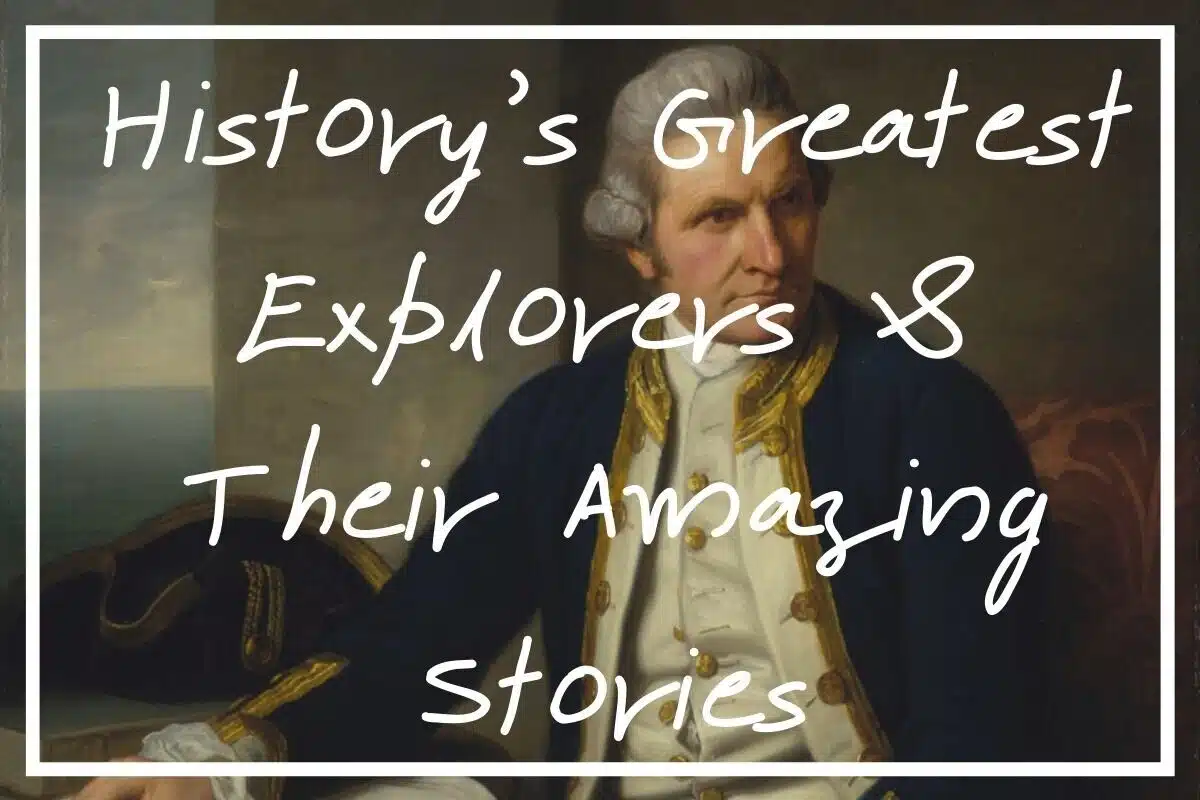
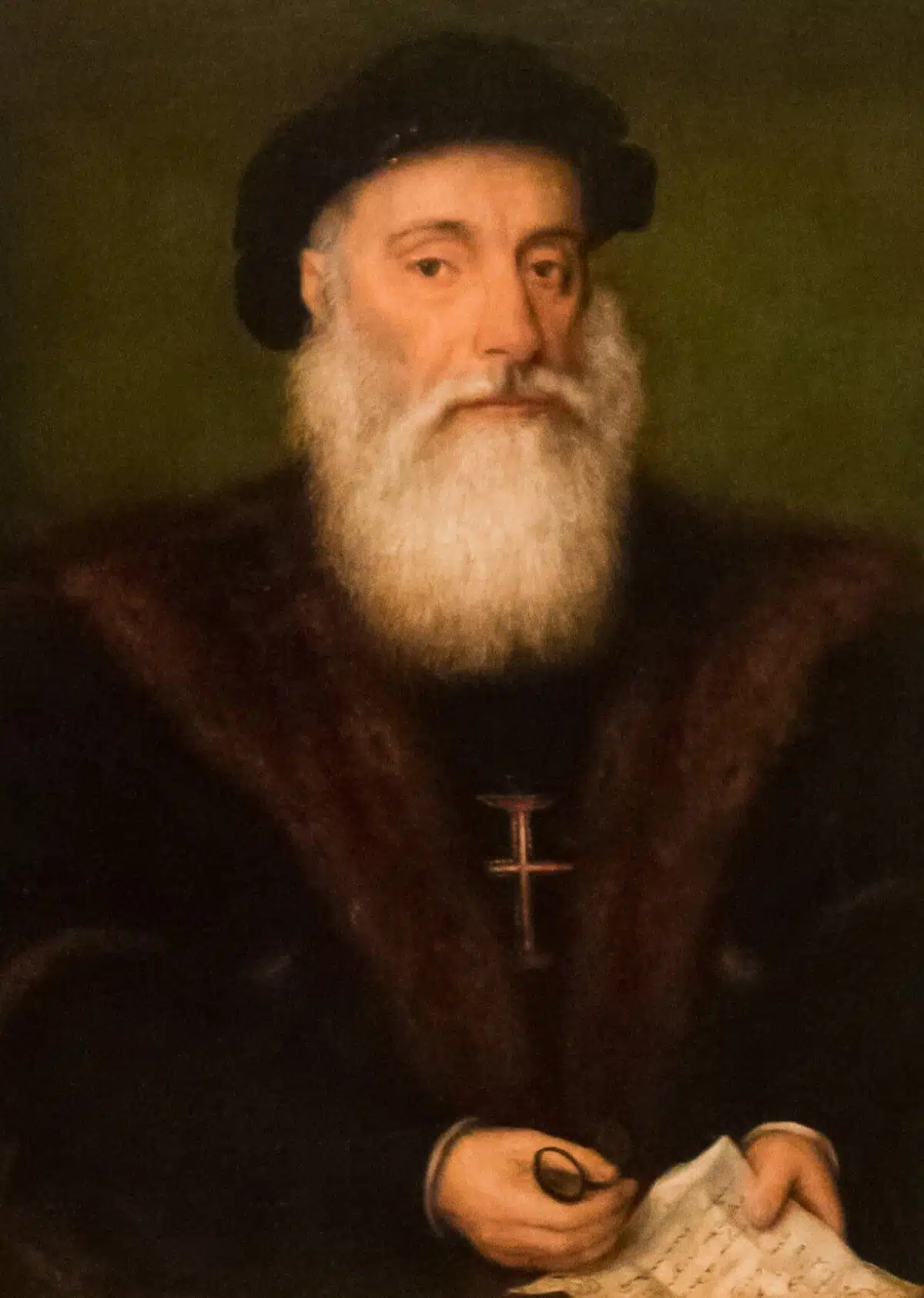
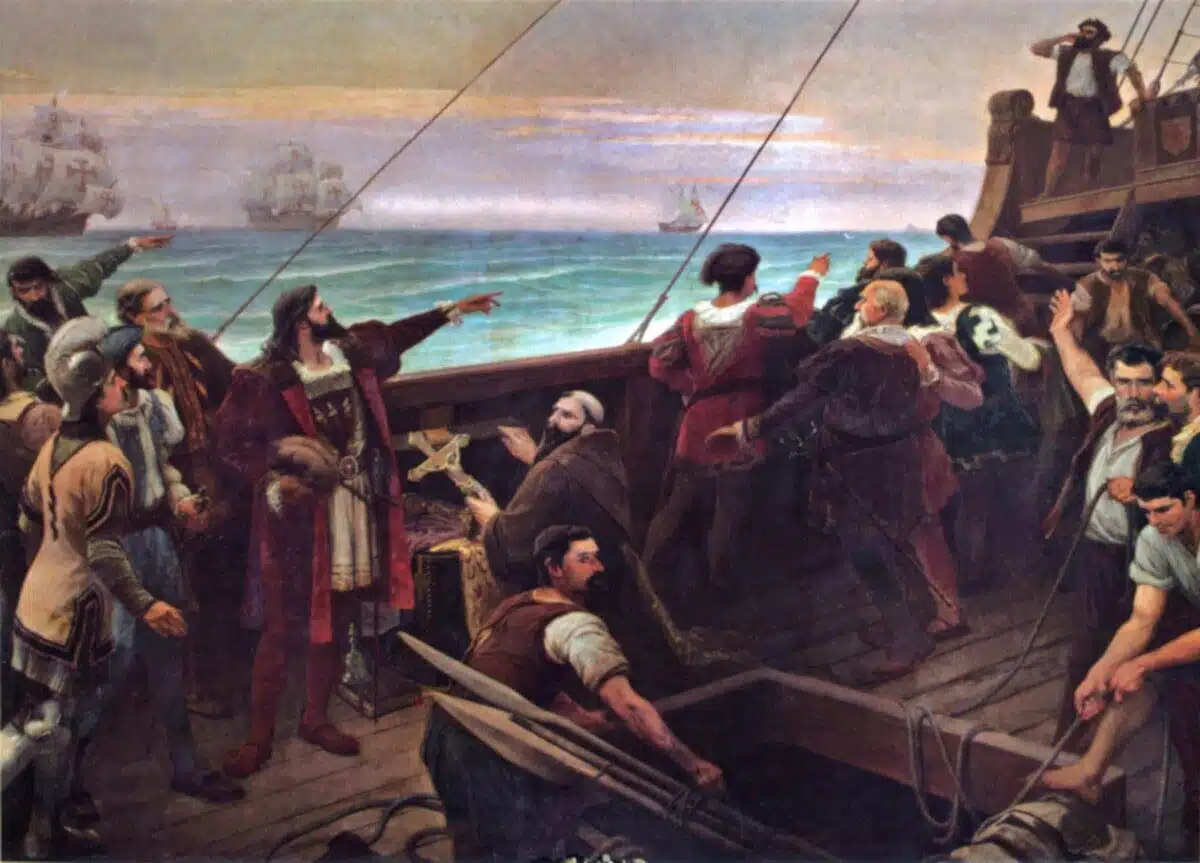
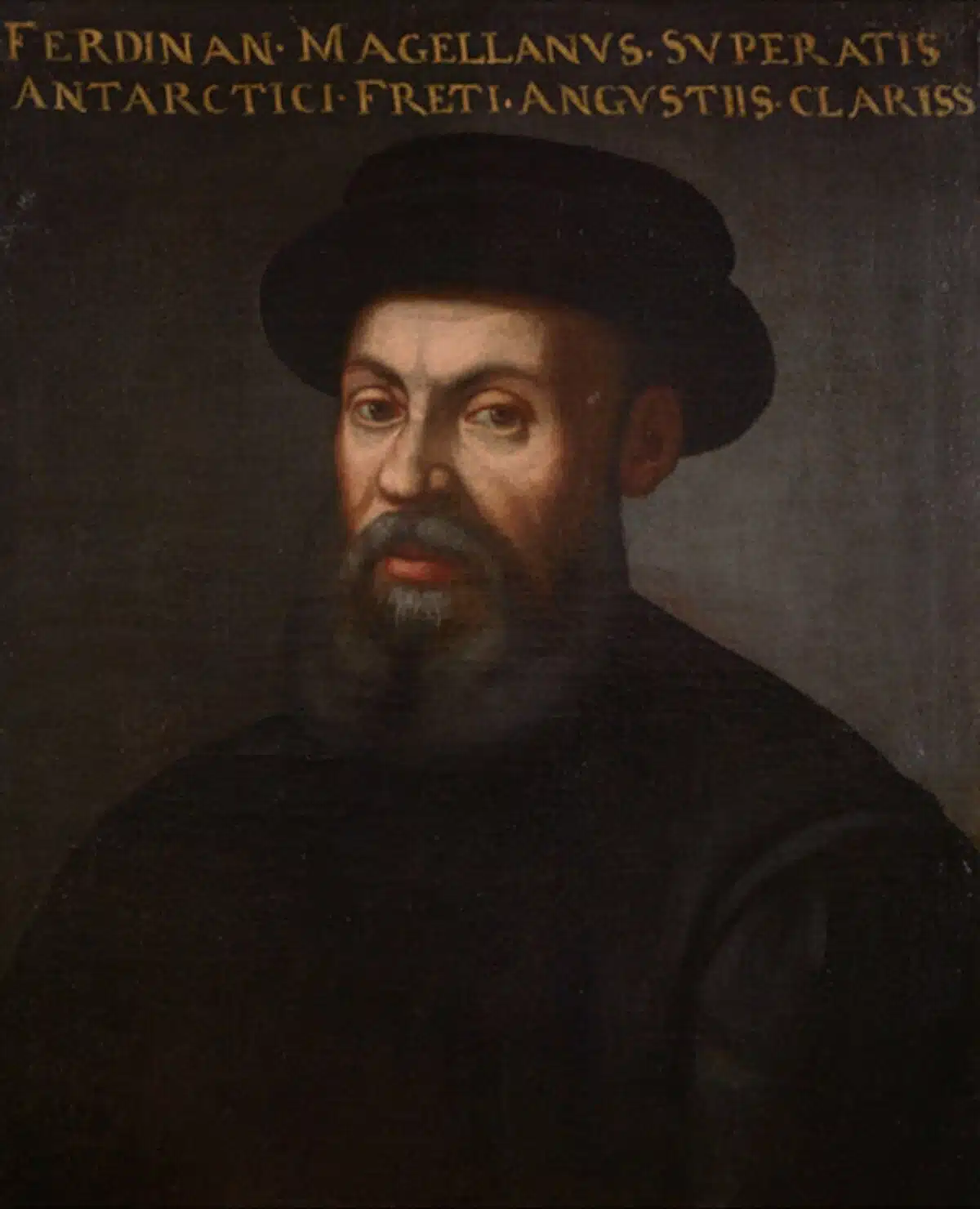
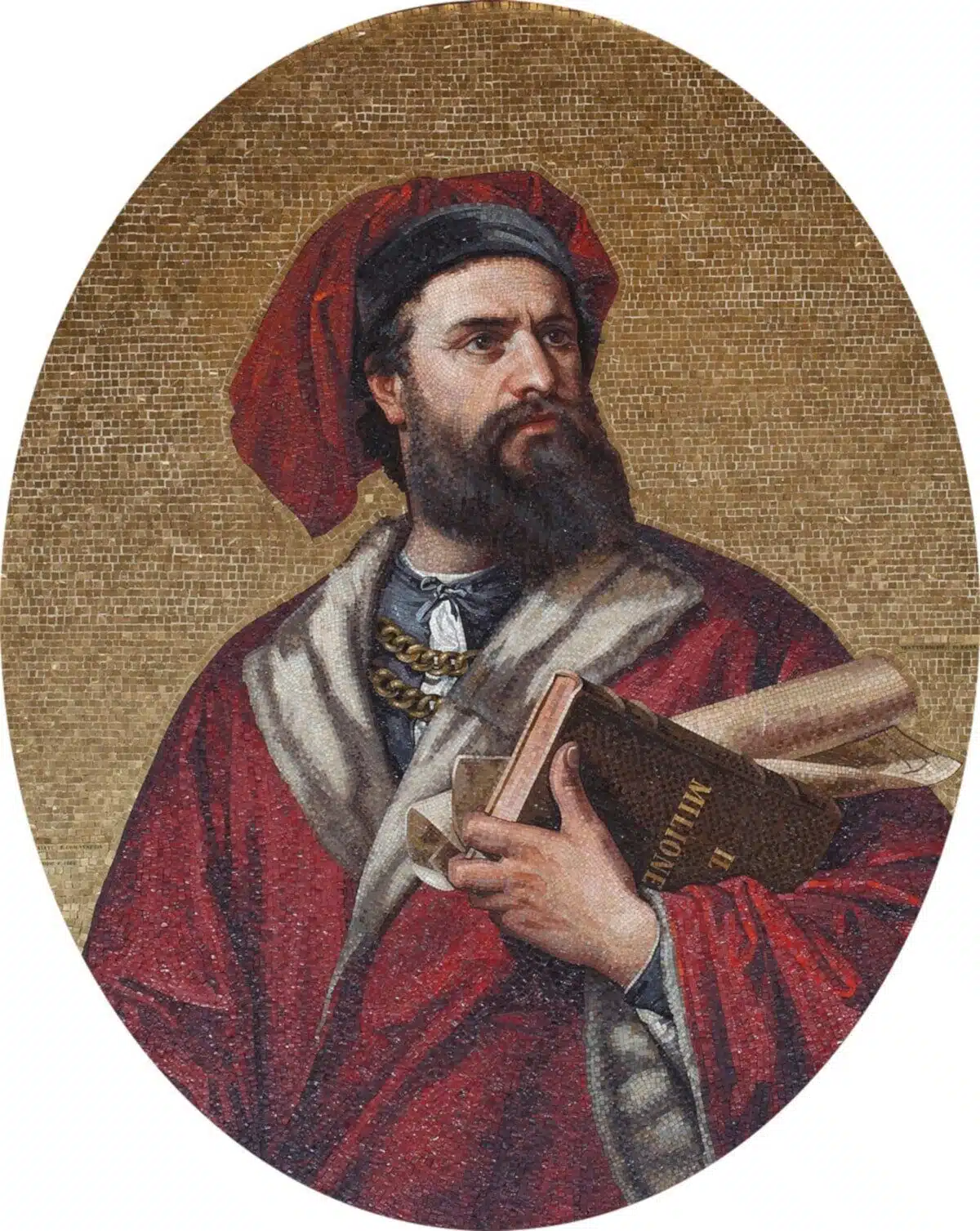
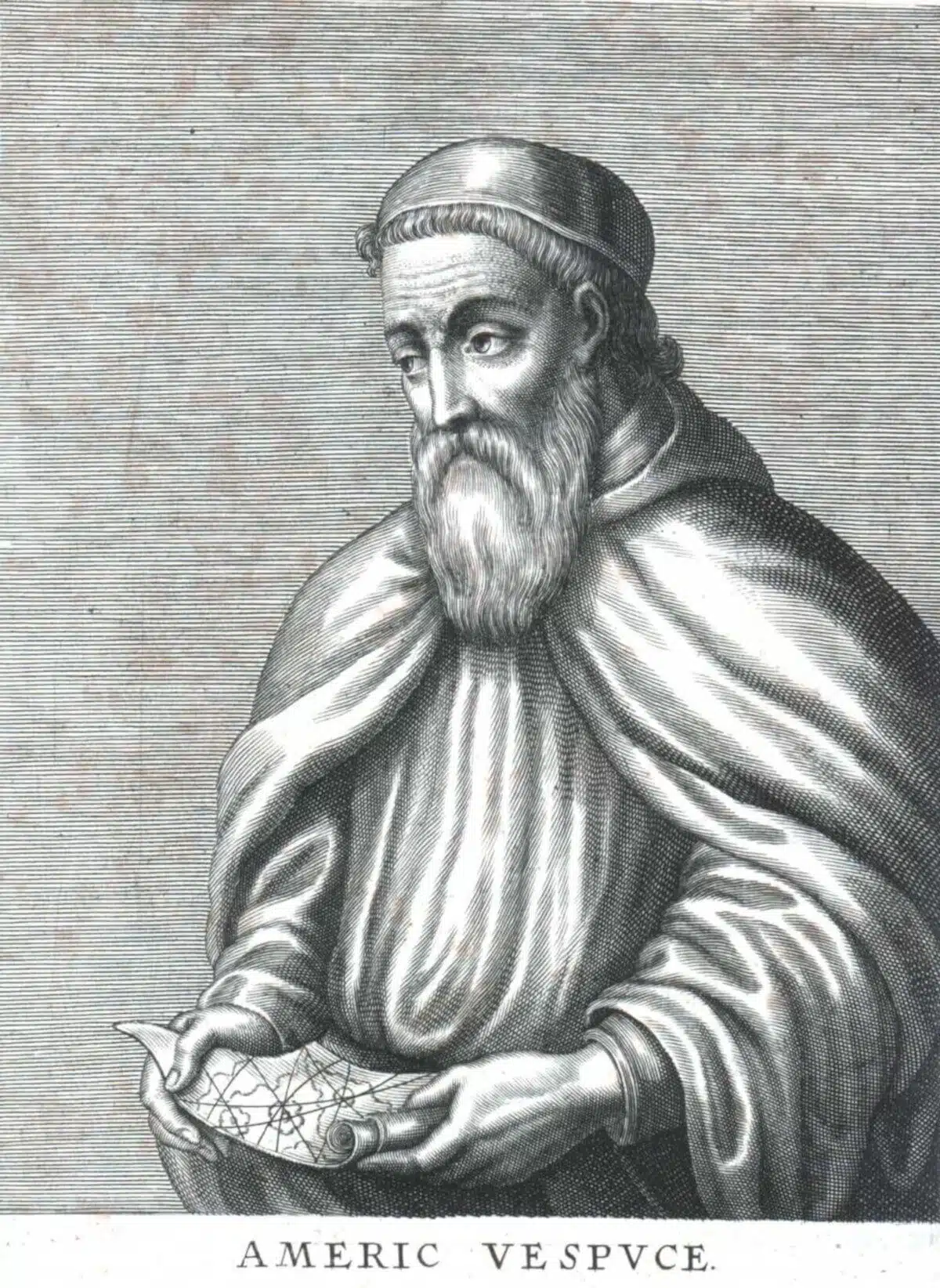
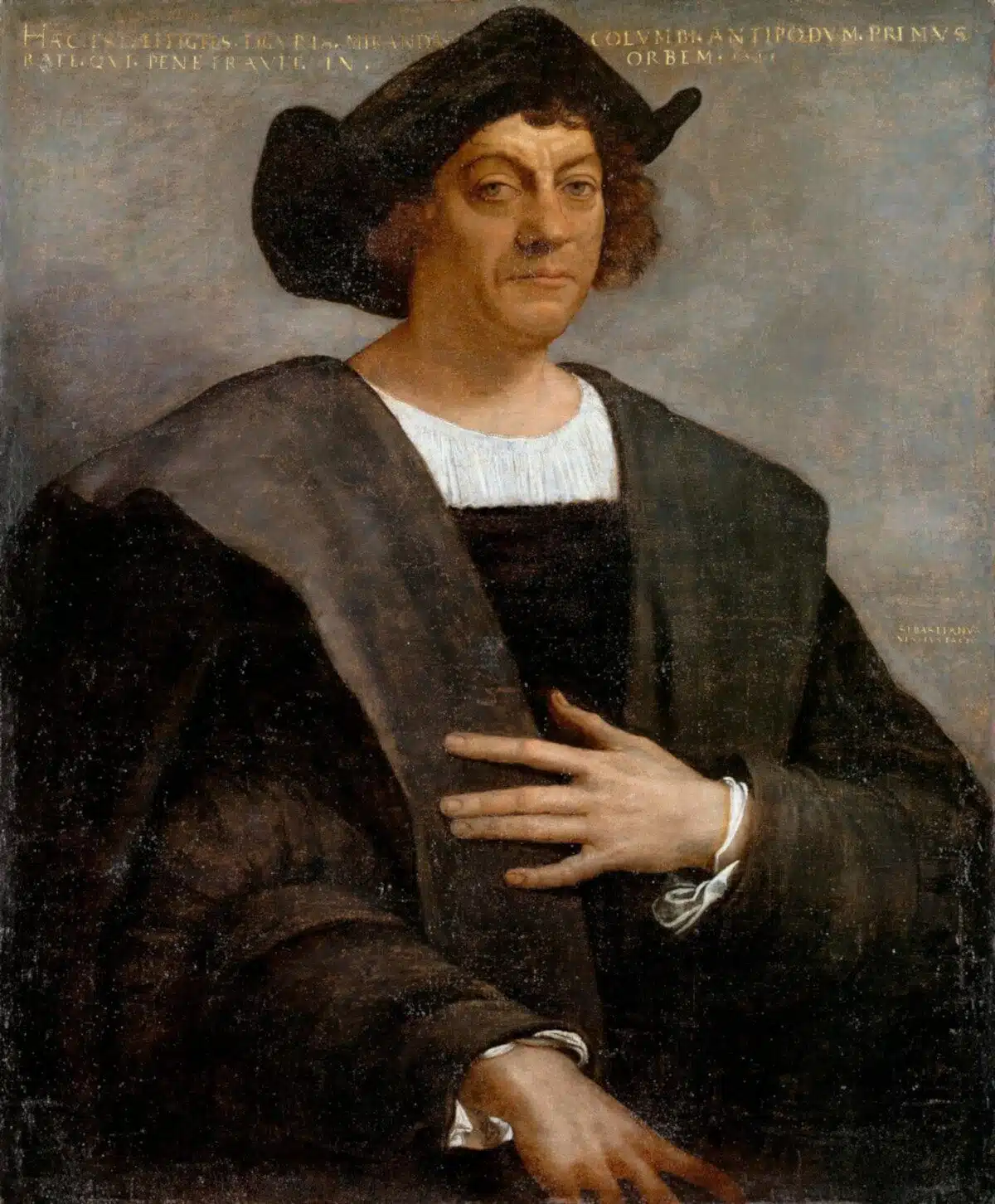
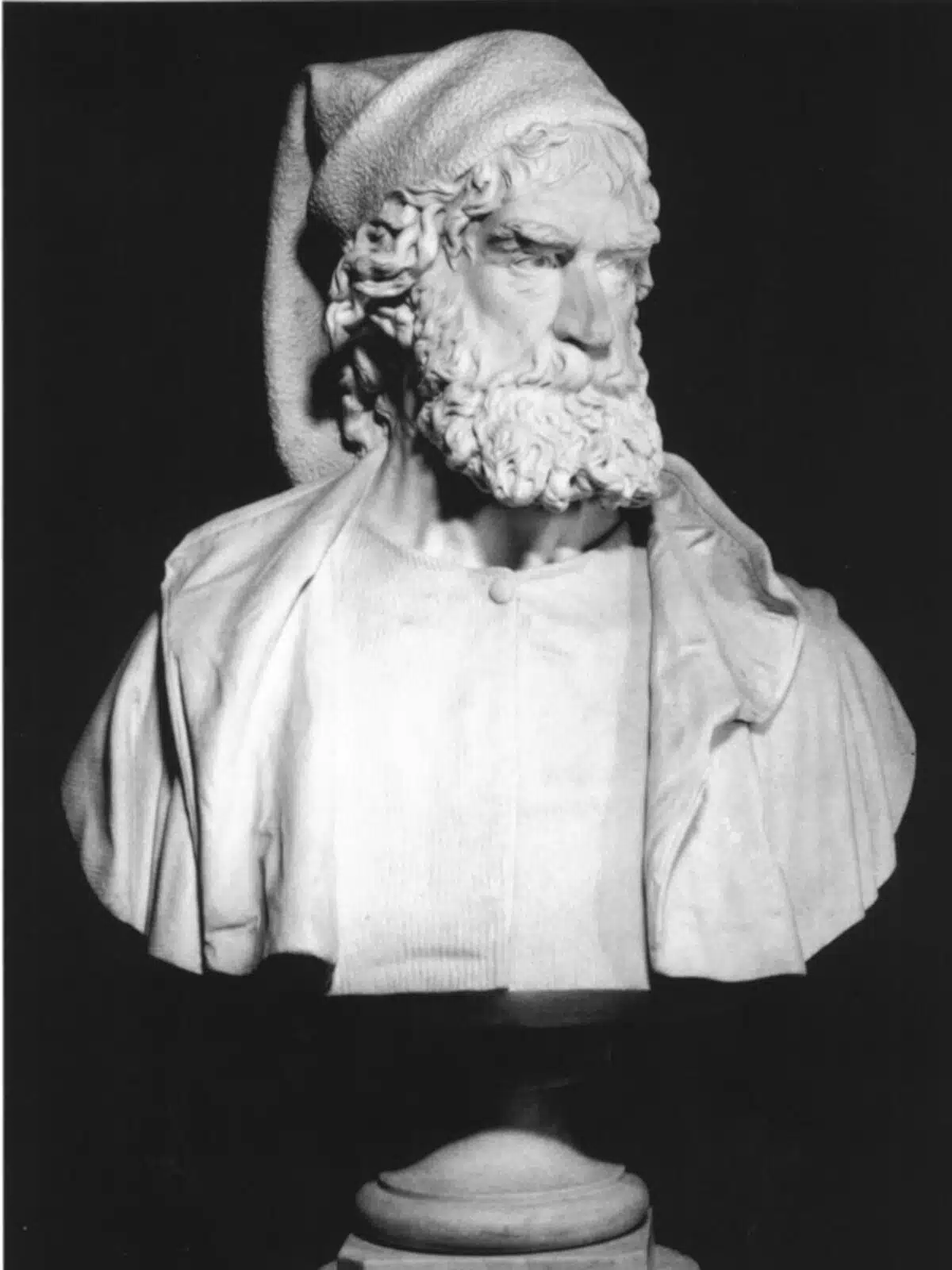
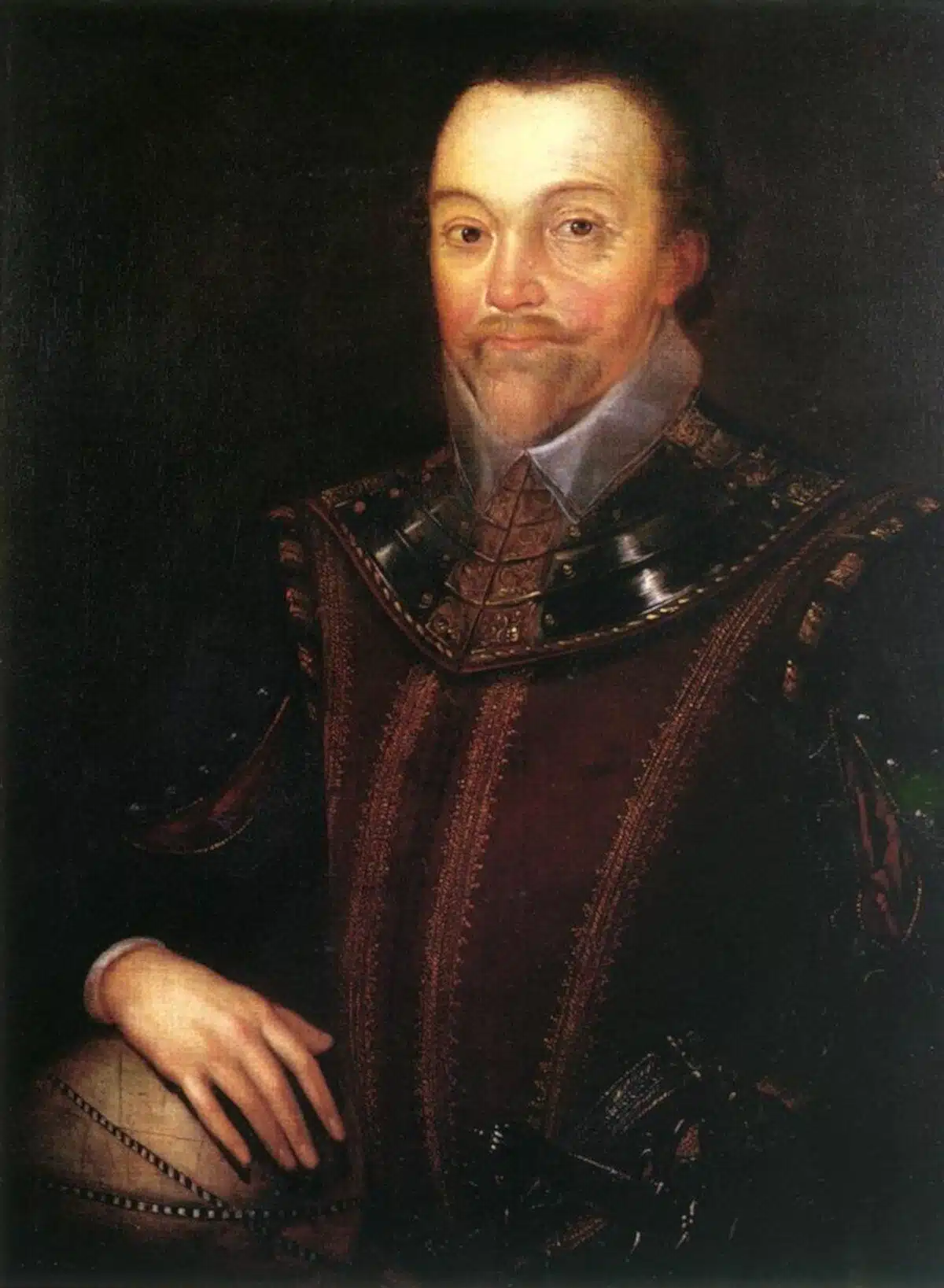
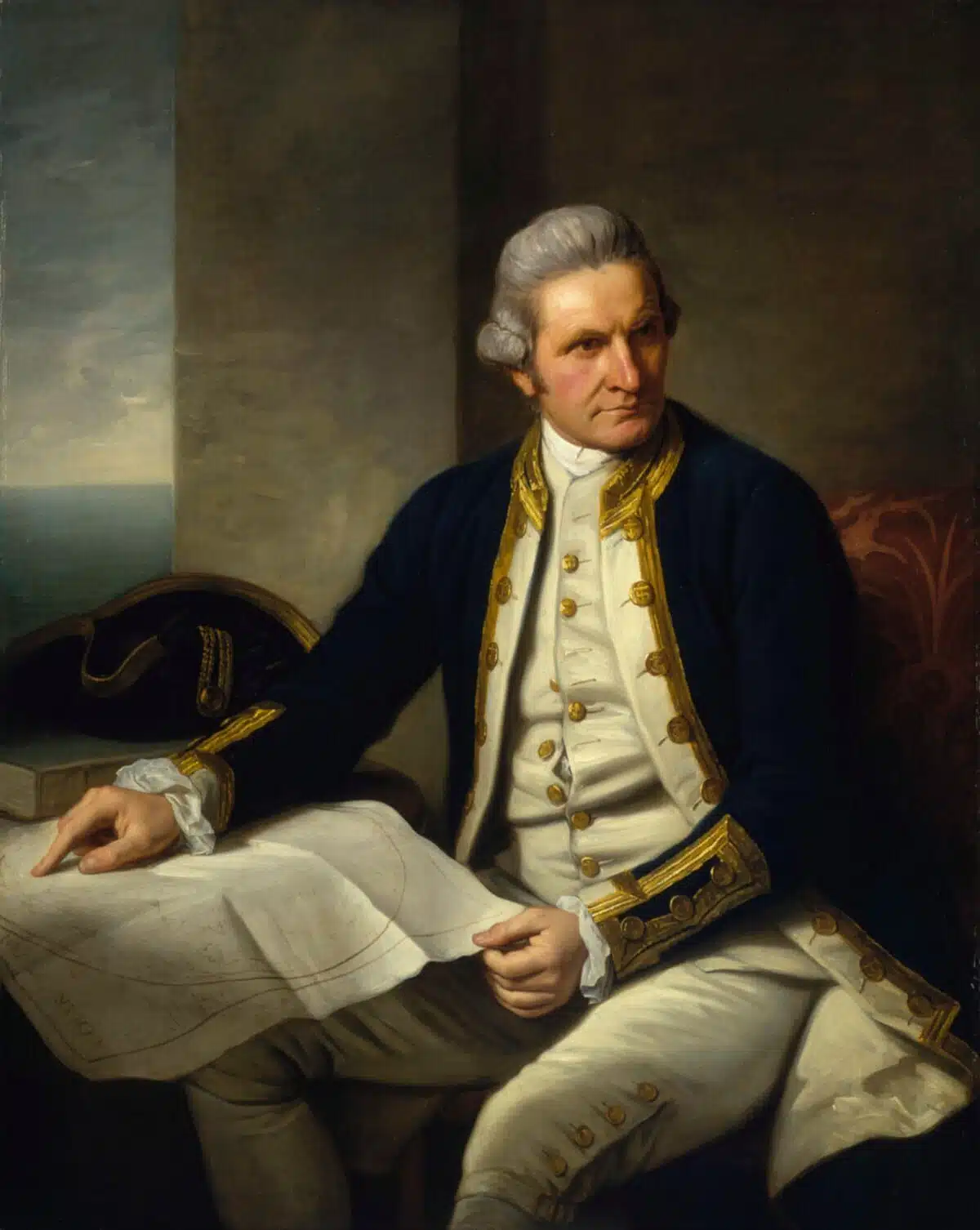
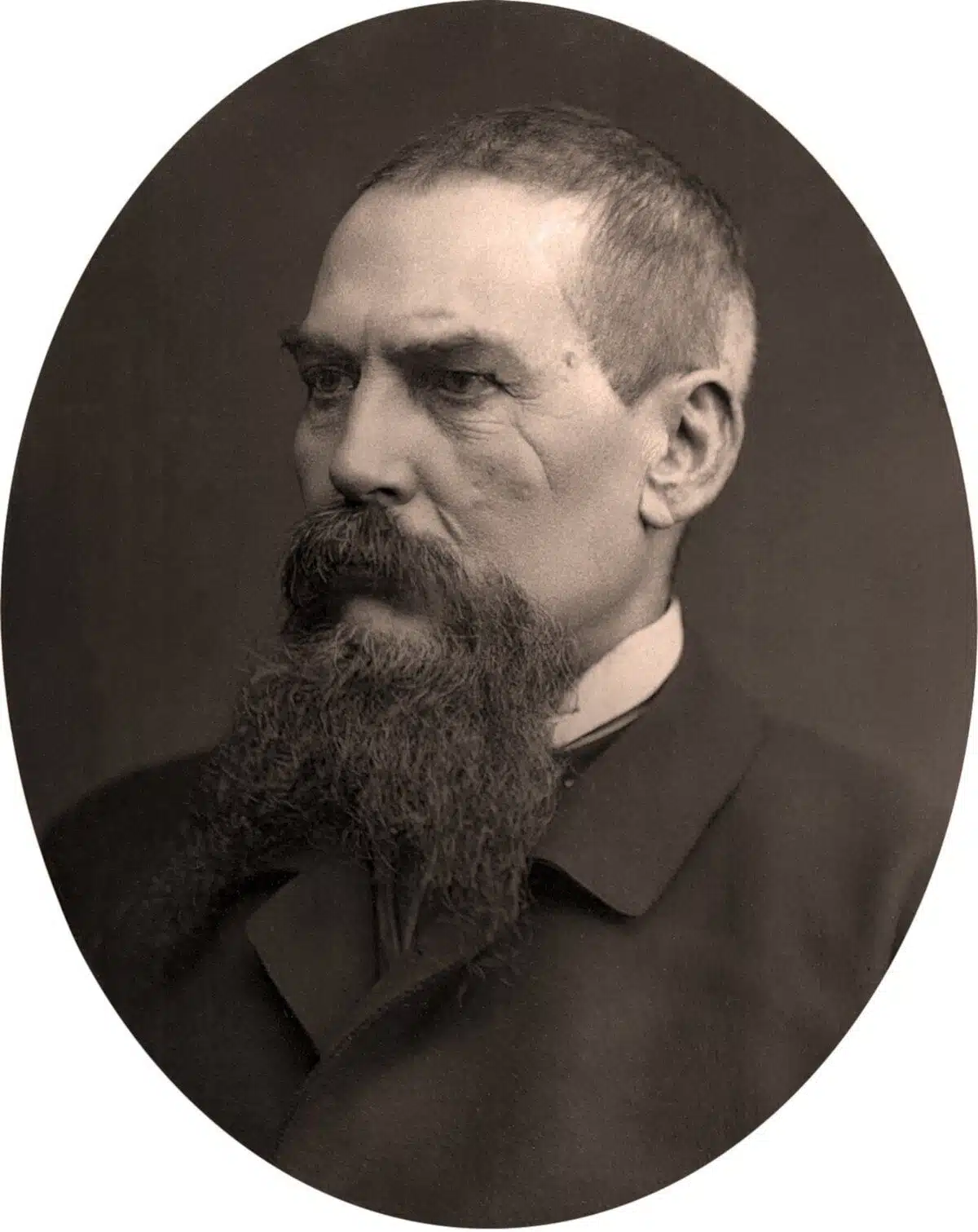

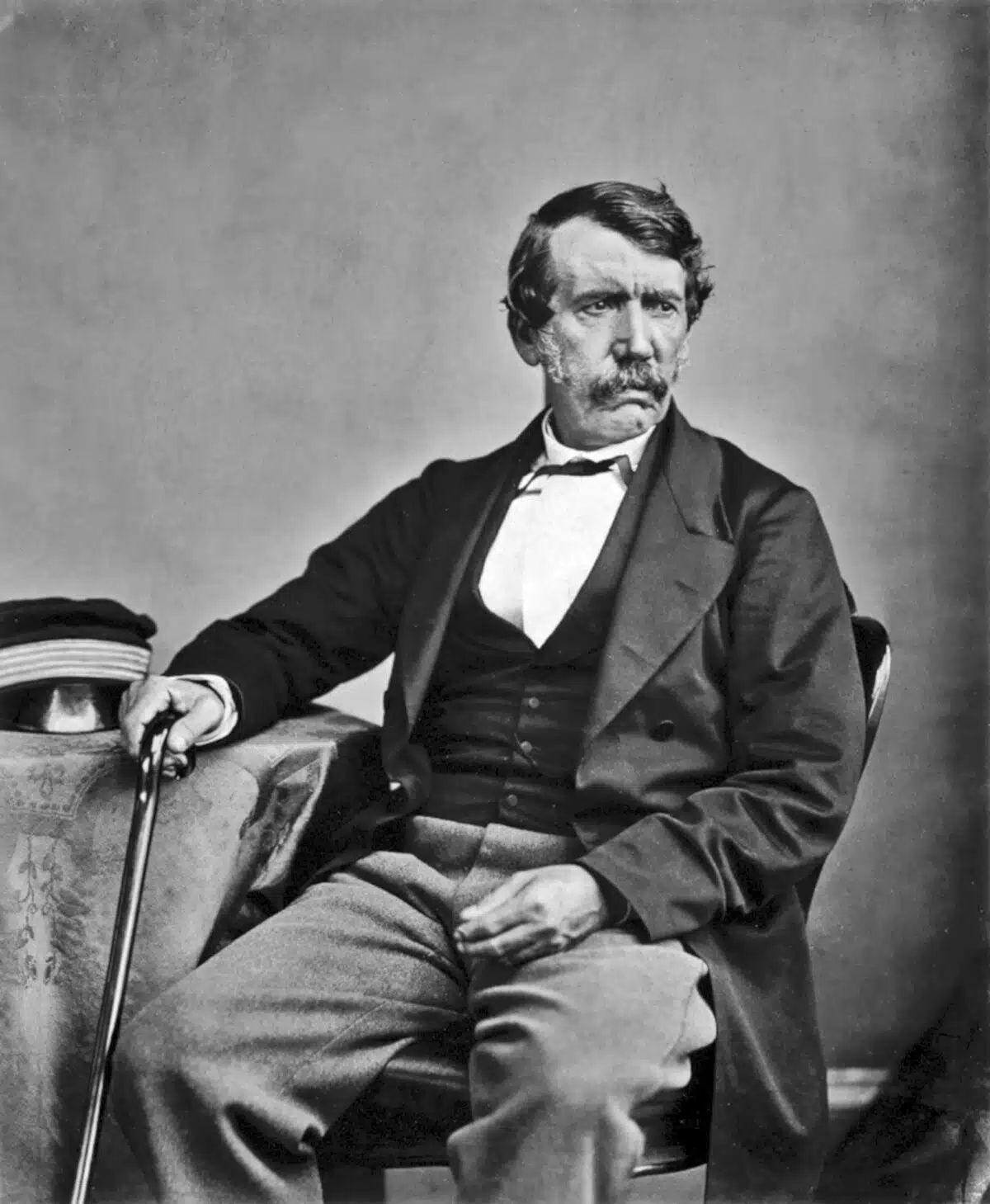
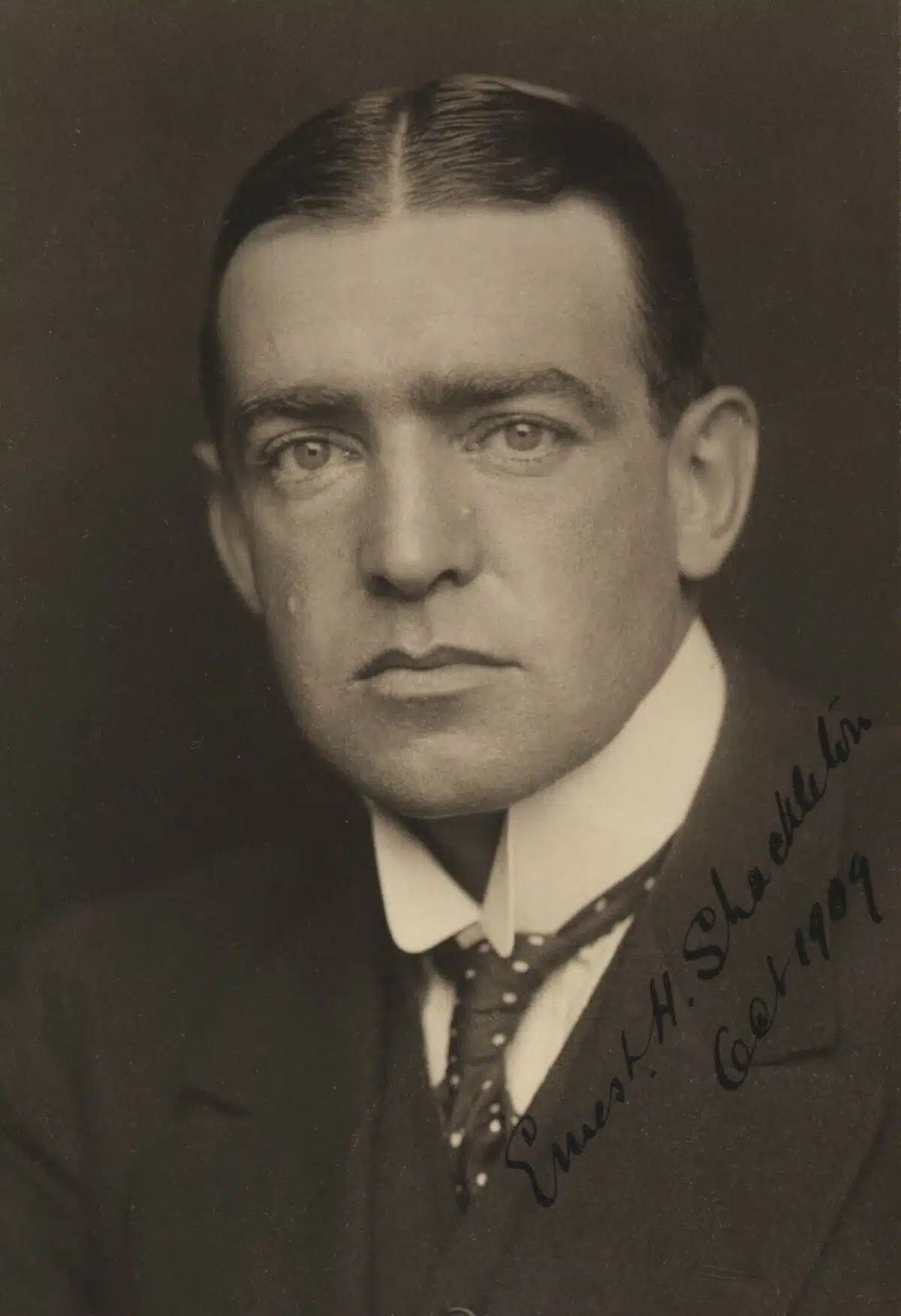
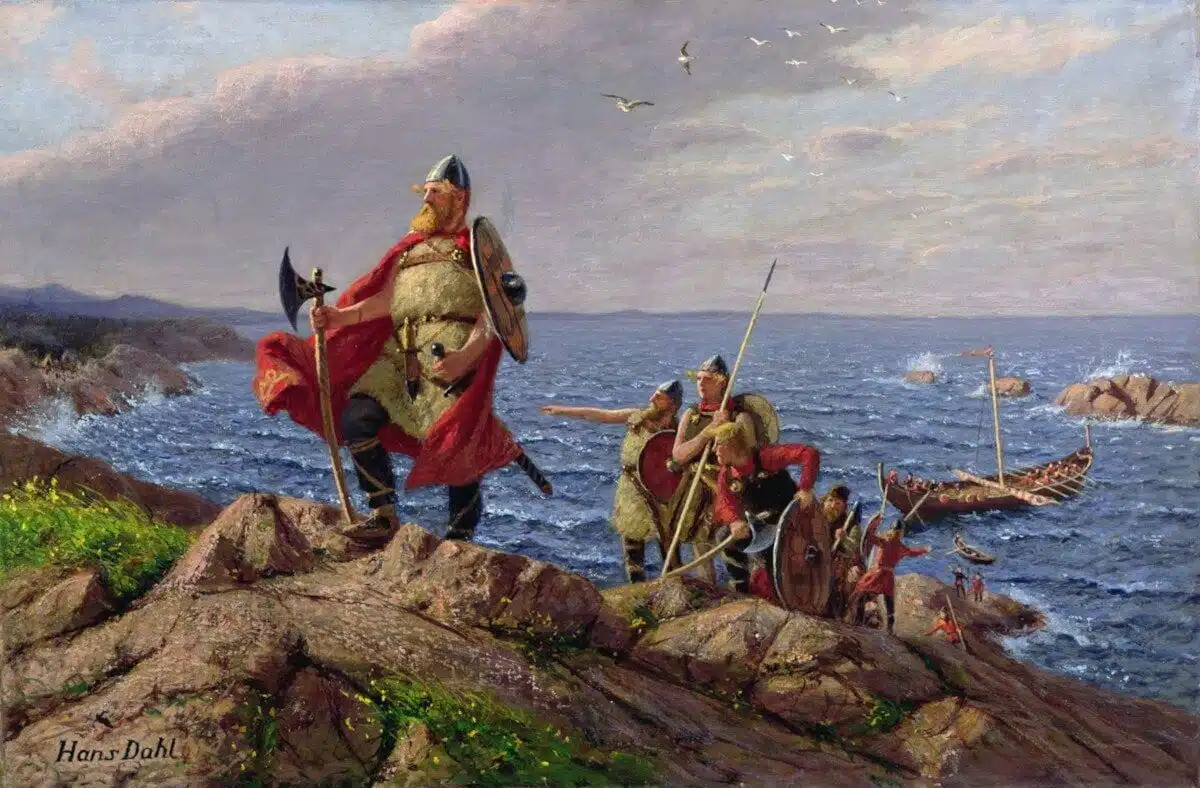
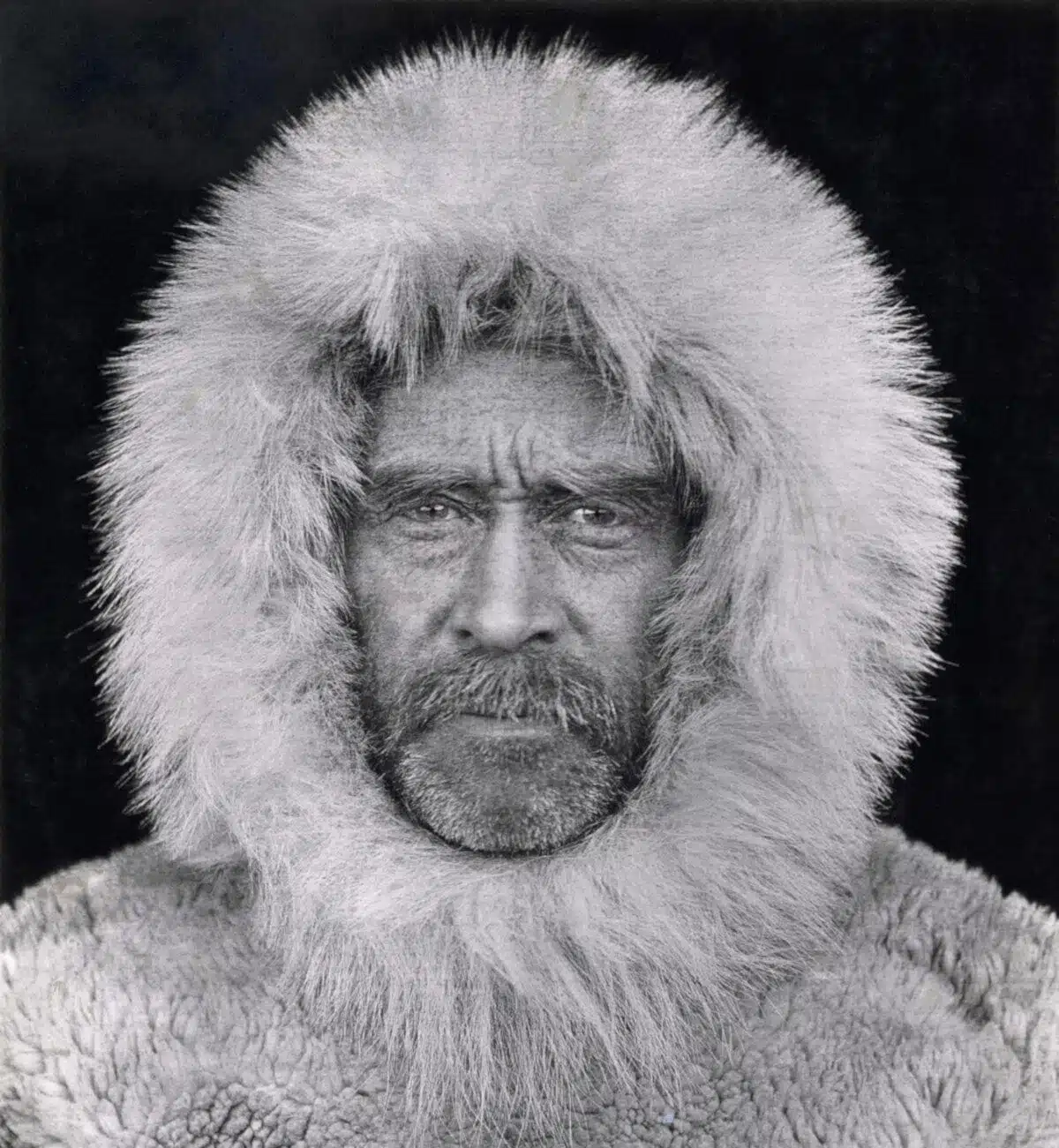
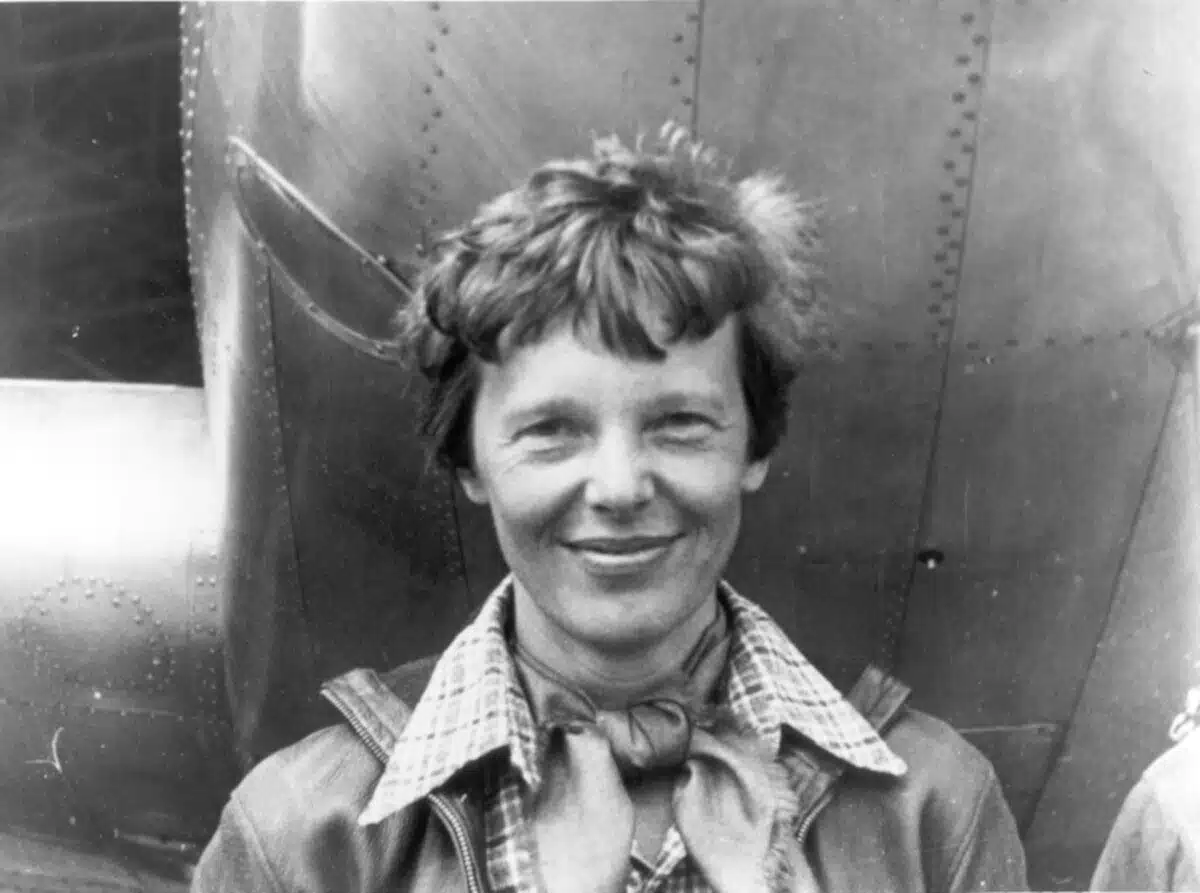
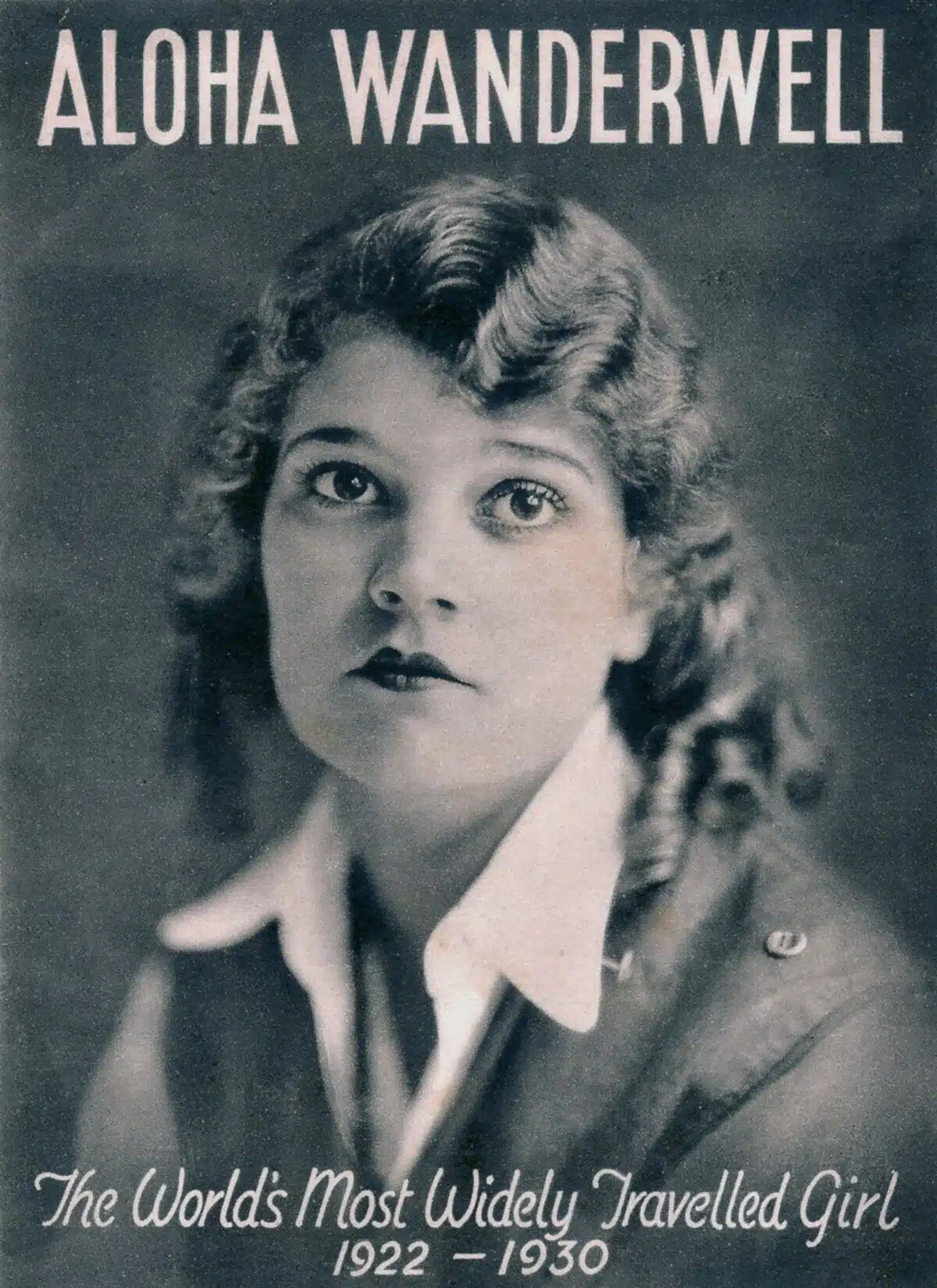
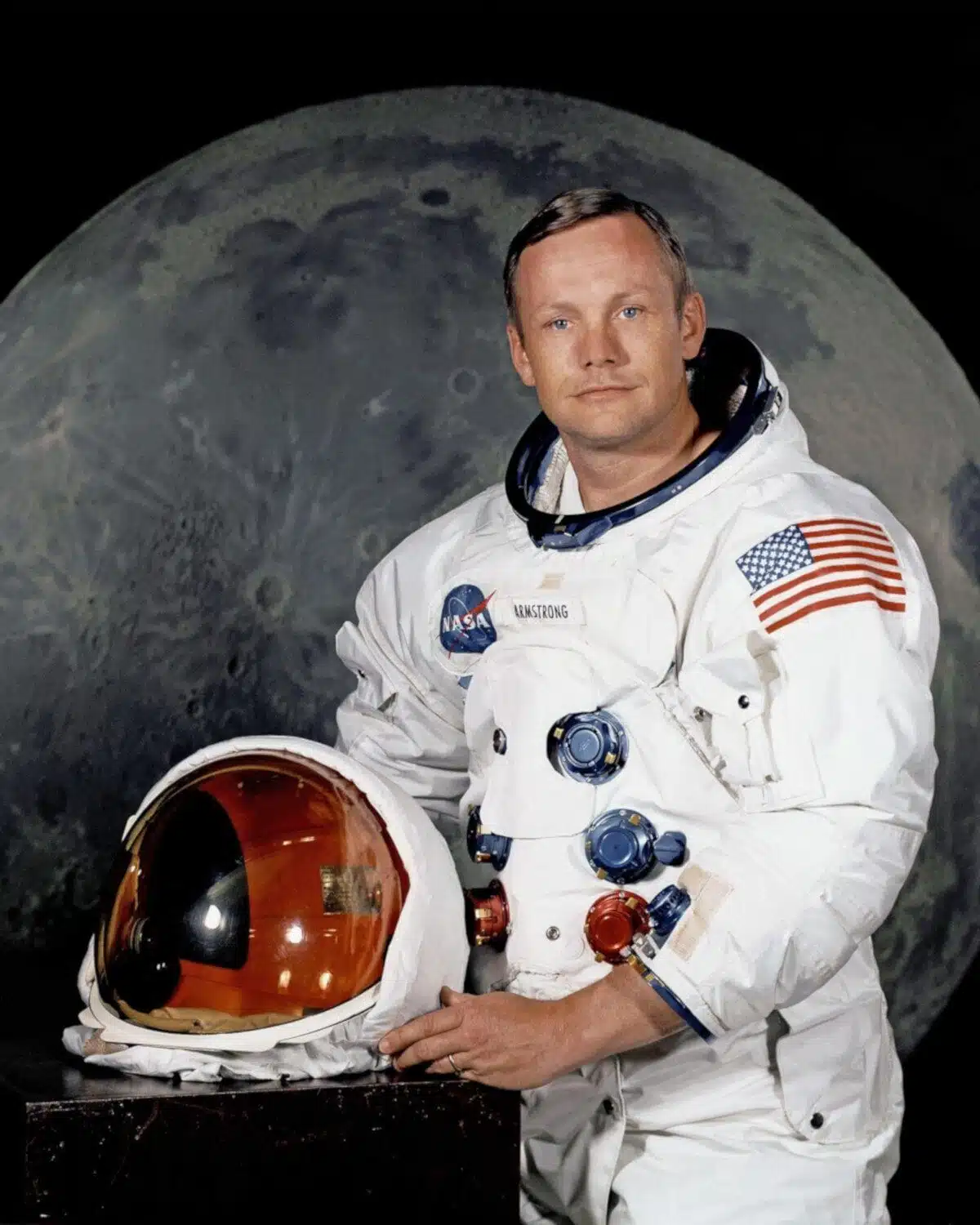
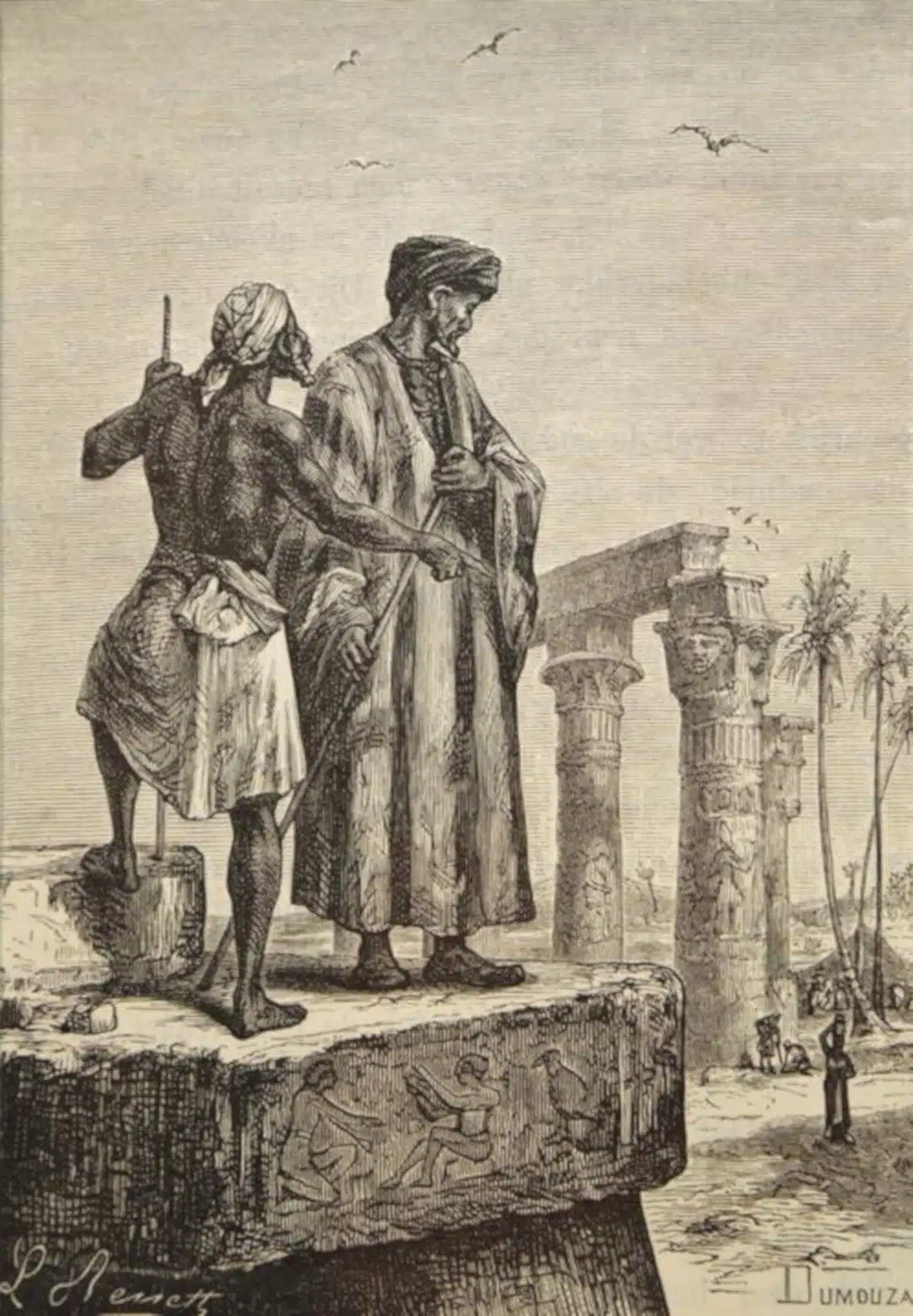
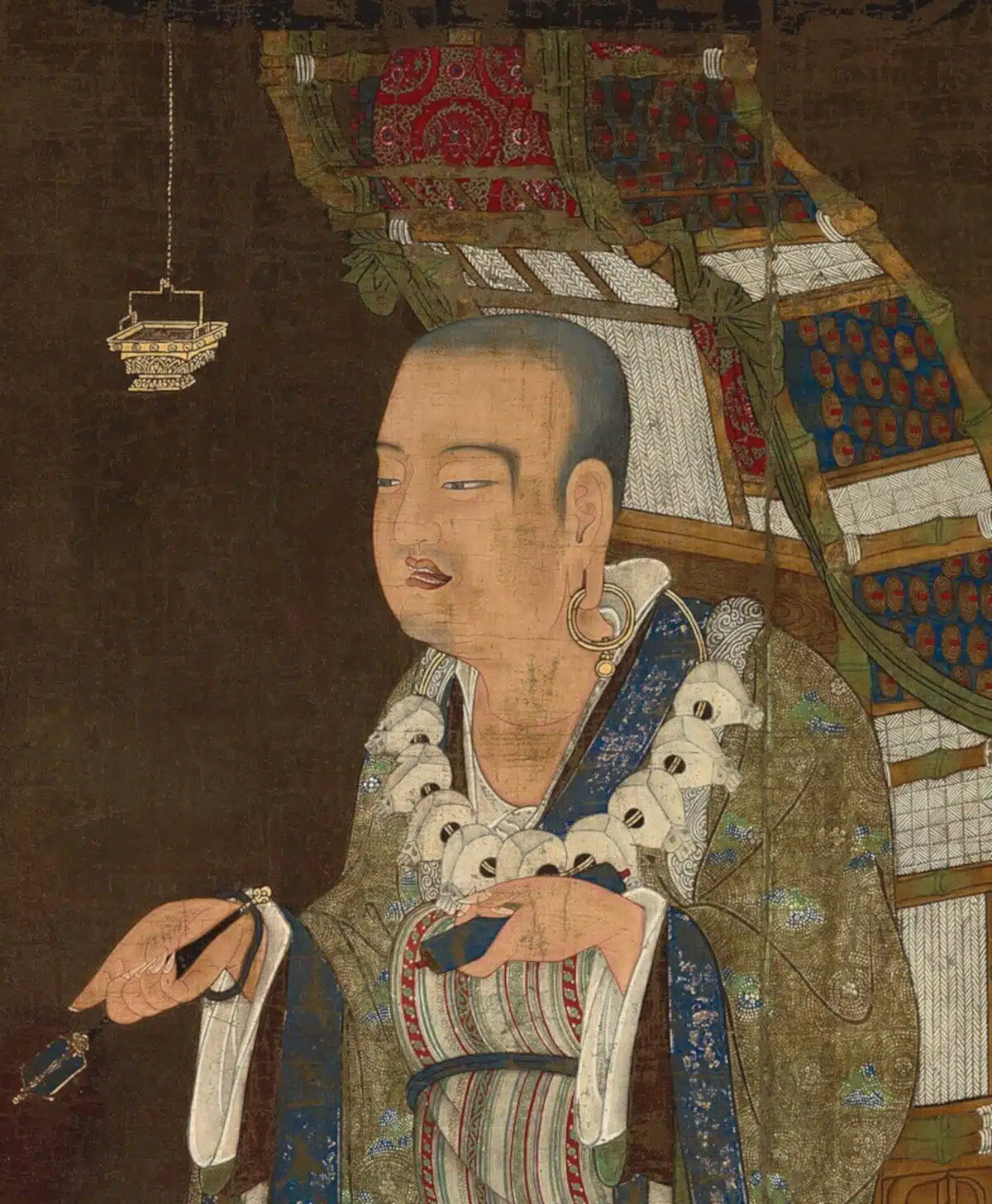
You could also add the equally impressive albeit relatively unknown Irishman Tom Crean to your ‘Scotland and Ireland’ list. A contemporary of Scott and Shackleton, he was a great explorer of the Antarctic: https://www.youtube.com/watch?v=LFMDaWpZfmg
-Jessica